He waka eke noa
Beating the drums of identity and culture as ākonga navigate the education voyage
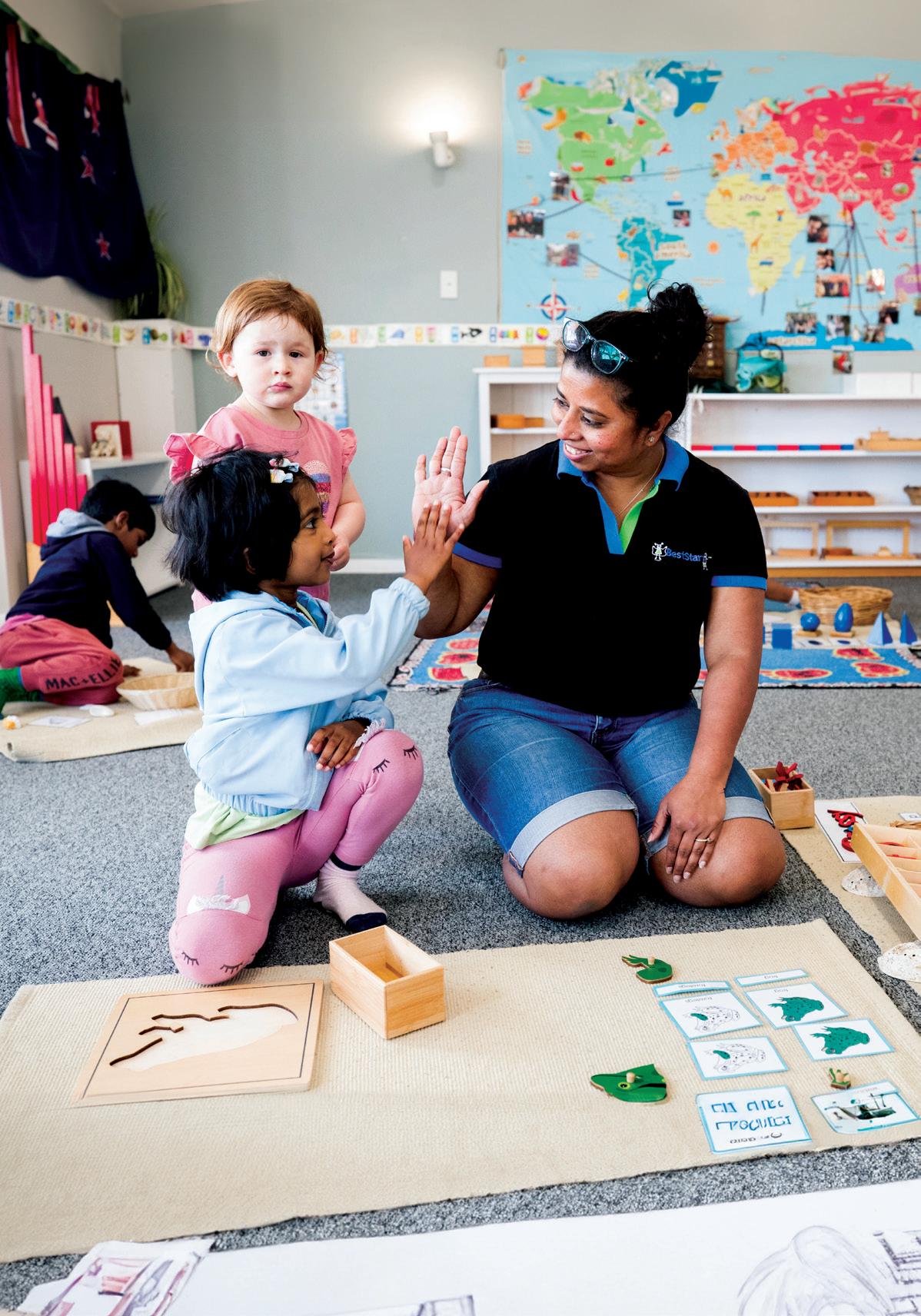
learning village names their place in the community
to a digital future at kāhui ako STEAM festival
wellbeing with ancestral wisdom 9 OCTOBER 2023 | VOL. 102 | NO. 13
Early
Voyaging
Navigating
Nominations are open for Ngā Tohu Reo Māori 2023. Learn more at tetaurawhiri.govt.nz.
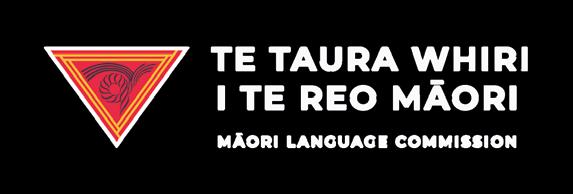

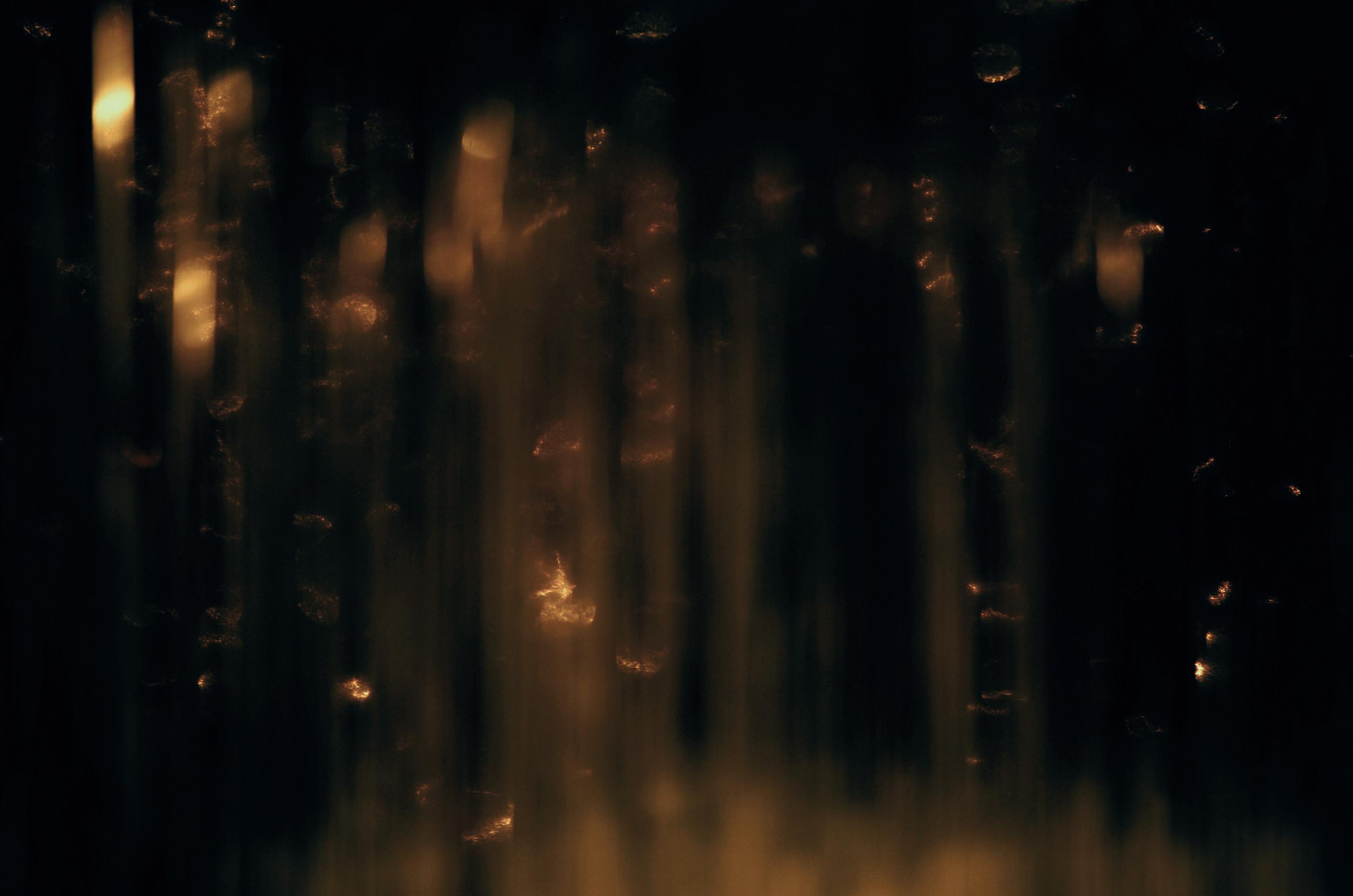
Early learning village names their place
Secondary schools unite in pride for The
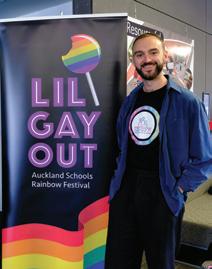
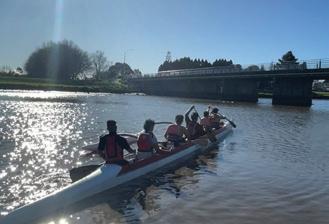
Quest for growth rocks on after 35 years
20 Technology expands curious minds of early learners
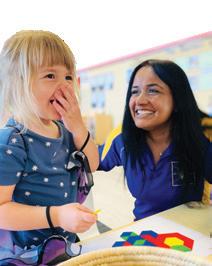
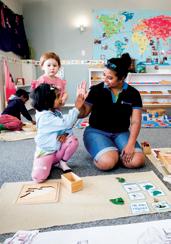
26 Satellite for Schools transforming digital learning in remote locations
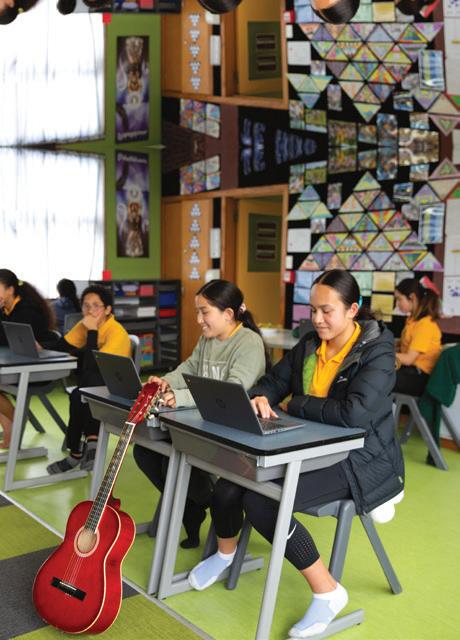
30 Twirling the taonga of histories and culture in Tāmaki Makaurau
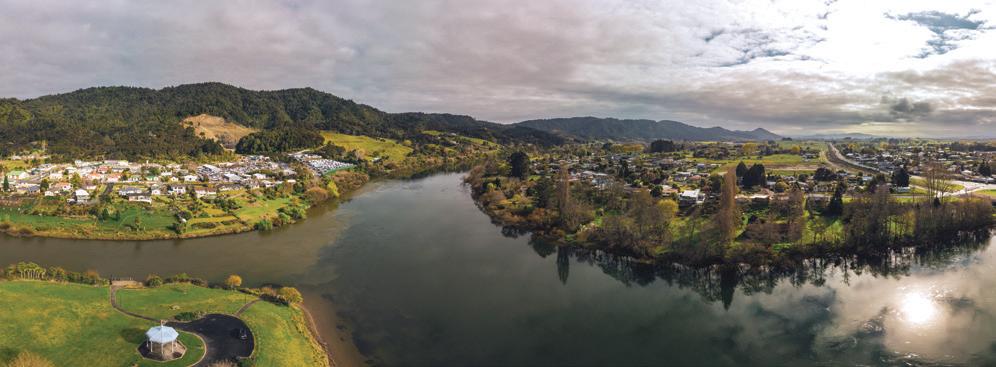
34 Pacific students empowered by community-run homework study centres
38 Voyaging to a digital future at kāhui ako STEAM festival
42 Education and Training Amendment Act 2023
On the cover
Understanding the identity, culture, and language of ākonga, their whānau, and our communities is important from early learning (as on our cover) through schooling and beyond. It is at the heart of this edition. Start the journey with us on page 4.

1 Tukutuku Kōrero
Beating the drums of identity and culture as ākonga navigate the education voyage He waka eke noa Early learning village names their place in the community Voyaging to digital STEAM festival Navigating wellbeing wisdom OCTOBER 2023 VOL. 102 NO. ISSUE 102.13
4 12 8 16 20 26
Contents
Publication dates 2023 & 2024
Want your story to feature in the first edition of 2024?
We're working on Issue 1 this side of the holidays. Email us now at gazette@education.govt.nz.
To view the PLD, general notice listings and vacancies at gazette.education.govt.nz
Scan the QR codes with the camera on your device.
PUBLISHED BY
Education Gazette is published for the Ministry of Education by NZME. Educational Media Ltd. PO Box 200, Wellington.
ISSN 2815-8415 (Print)
ISSN 2815-8423 (Online)
All advertising is subject to advertisers agreeing to NZME. Advertising terms and conditions www.nzme.co.nz/ media/1522/nzme-advertisingterms-sept-2020.pdf
STORY IDEAS
We welcome your story ideas. Please email a brief (50-100 words) outline to: gazette@education.govt.nz
SUBSCRIPTIONS
eleni.hilder@nzme.co.nz
VIEW US ONLINE Web: gazette.education.govt.nz
Instagram: @edgazettenz YouTube: youtube.com/ edgazettenewzealand
KEY CONTACTS
Reporter gazette@education.govt.nz
Display & paid advertising
Jill Parker 027 212 9277 jill.parker@nzme.co.nz
Vacancies & notices listings
Eleni Hilder 04 915 9796 vacancies@edgazette.govt.nz notices@edgazette.govt.nz
DEADLINES
The deadline for display advertising to be printed in the 30 October 2023 edition of Education Gazette is 4pm on Friday 13 October 2023.
VACANCIES NOTICES PLD
2 Education Gazette gazette.education.govt.nz This publication is produced using FSC® Certified paper from Responsible Sources.
ISSUE PUBLICATION DATE PRINT ARTICLE DEADLINE EDITORIAL ADVERTISING BOOKING DEADLINE VACANCY BOOKING AND ALL ARTWORK DEADLINE BY 4PM 102.14 30 October 5 October 13 October 18 October 102.15 20 November 26 October 3 November 8 November 102.16 11 December 16 November 24 November 29 November 103.1 29 January 2024 8 December 12 January 2024 17 January 2024 103.2 26 February 2024 1 February 2024 9 February 2024 14 February 2024
The journey starts with who we are
As we enter the fourth and final term of 2023, we’re putting the spotlight on a topic that has been central to many of our editions throughout the year, and what should remain top of mind at every step of the education voyage – culture and identity.
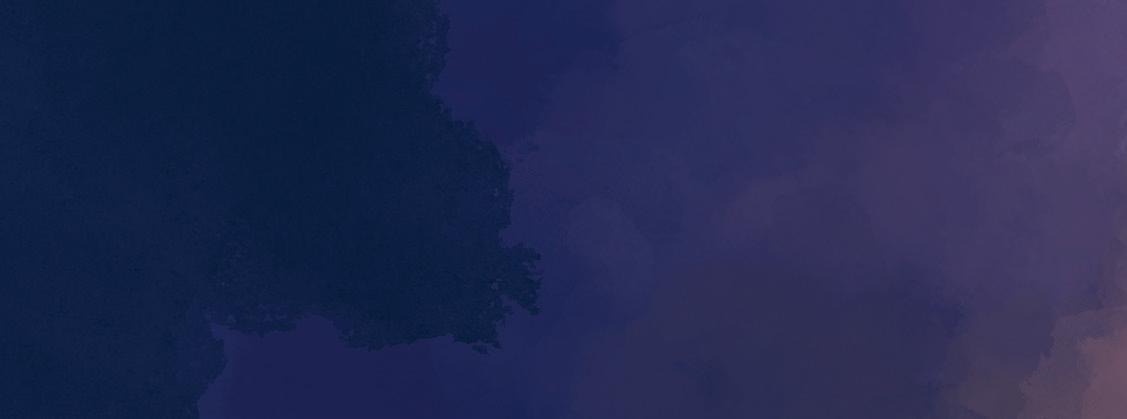
We begin at the very start, with early learning. And what sets the tone for acknowledging, understanding and celebrating the diverse identities of ākonga, their whānau, and our communities, better than the name they see as they walk through the doors each day. Read how an early learning service in Ngāruawāhia set about rebuilding, renaming and rebranding their identity to better reflect where they come from and where they want to go – and to provide a Te Tiriti o Waitangi based curriculum that fosters children’s love of learning.
In this edition, you will read stories about using ancestral Pacific wisdom to support ākonga wellbeing, secondary schools in Tāmaki Makaurau celebrating the Rainbow identities of young people, ākonga finding themselves in a 35-year quest for self-expression in the arts, a kāhui ako collaborating to create more authentic and culturally responsive learning experiences for their tamariki, and finding joy in learning about the whakapapa and significance of the poi.
As we continue our series celebrating stories of digital success in education, read how an early learning service is harnessing the power of technology to transform the interest and curiosity of tamariki into learning opportunities to expand their knowledge.
Finally, we come back to our core theme, exploring how Pacific community groups in Kirikiriroa (Hamilton) are facilitating homework study centres for Pacific learners, with the view of expanding their knowledge and boosting their confidence in classrooms. And, further up in Tāmaki Makaurau, a STEAM festival that is expanding such knowledge and confidence into career pathways for Māori and Pacific students to become the next generation of tech innovators.
We have just three more editions left for the year, and planning is underway for a bright start to 2024. We share some insightful and inspiring mahi, but we know there is so much more out there! Get in touch and kōrero with me about what you’re doing in your waka, with your communities. Ngā mihi
Sarah Wilson Ētita | Editor
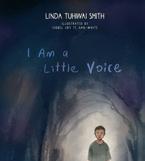
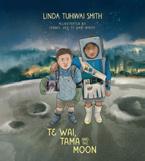
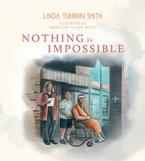
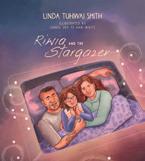
$22 each
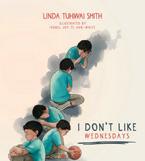
EDITOR’S NOTE
3 Tukutuku Kōrero 9 October 2023
smith The Whatumanawa Collection Reo Māori editions available How can educators support children to heal from trauma? A collection that supports healing, resilience and wellbeing in children who have been impacted by trauma. HUIA.CO.NZ
linda tuhiwai
maioha
Early learning village names their place in the community
The story behind the rebuilding, renaming and rebranding process at Two Rivers Early Learning Village (Ngā Tamariki ō te Huingā o Ngā Wai), in the Waikato town of Ngāruawāhia, is one of perseverance and hard work. But to start that journey, they had to go back to where it all began.
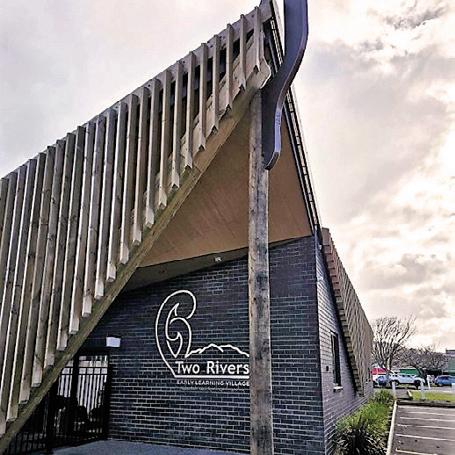
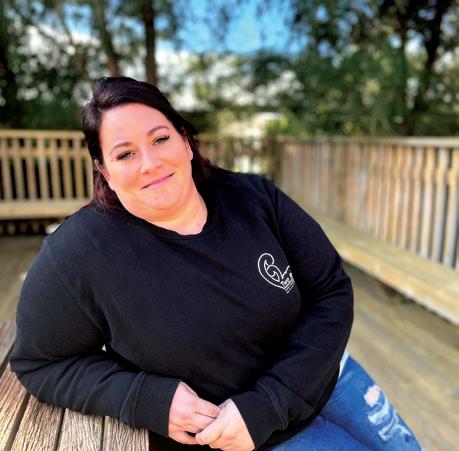
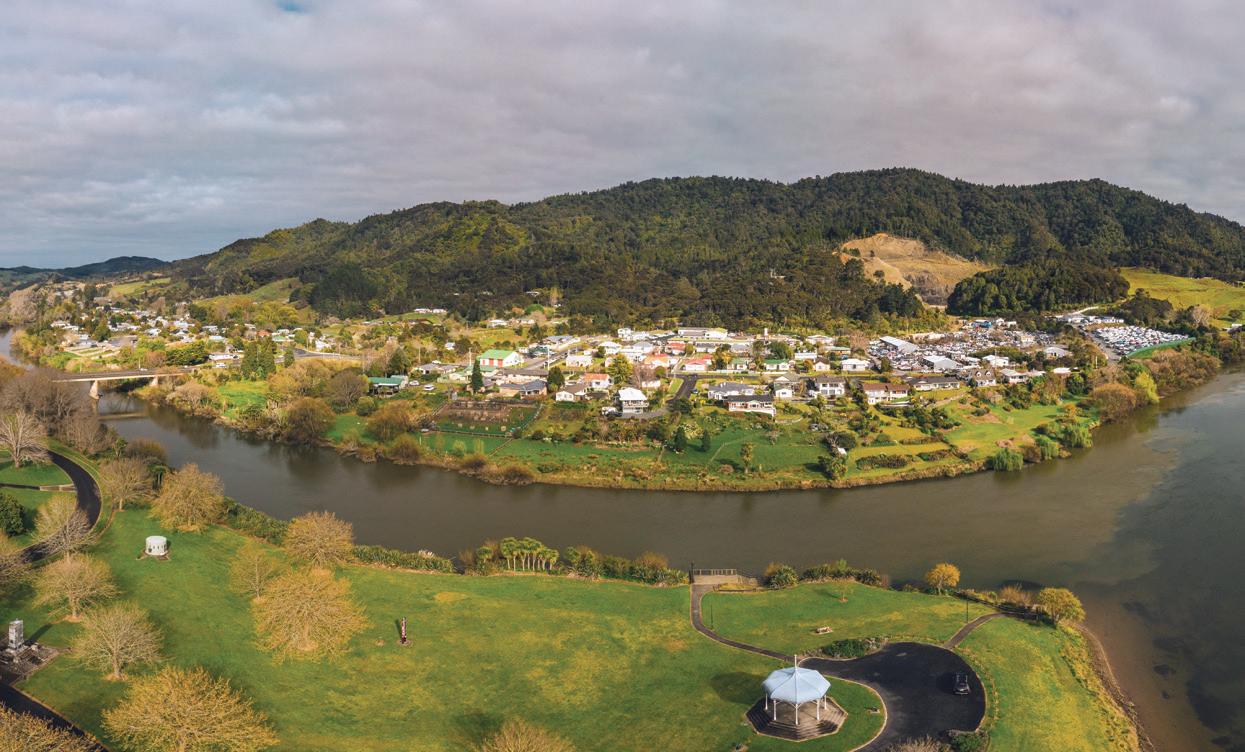
4 Education Gazette gazette.education.govt.nz
EARLY LEARNING
Two Rivers Early Learning Village manager Elise Gerrits. The front of the Two Rivers Early Learning Village building.
Like a river that ebbs and flows, any great journey is one that constantly evolves and is continuous. Authentic transformation and change do not come easy.
Two Rivers Early Learning Village – Ngā Tamariki ō te Huingā o Ngā Wai manager Elise Gerrits knows this all too well.
When making the decision to rename and rebrand the Ngāruawāhia early learning centre where she works, Elise quickly realised that there were no shortcuts. But she has never been one to take the easy route anyway.
From a very young age Elise knew she wanted to be an early learning kaiako.
“I was the one who looked after the children at our whānau things – I’ve always loved children,” she says.
So as soon as she left high school she went straight into training. She started her teaching career in Hamilton 17 years ago, but when an opportunity to return to her hometown came up, she jumped at the chance.
Over 13 years, Elise worked her way up through the ranks at what was then Kids Time to become the early learning centre’s manager. Elise says during that time there have been three different centre owners and the centre has changed and evolved.
Tempting offers of career development have been many for Elise over the years, but Ngāruawāhia, the heart of the Kīngitanga movement, where the Waipā and Waikato rivers meet, is her home.

“I felt like I just couldn’t leave Ngāruawāhia,” she says.
“There is something special about teaching in your hometown. I feel connected and driven by making a difference.”
Change in the air
Things ticked along with a focus on the children and a quality education at Kids Time until the centre’s current owner Rick Fourie came onboard in August 2020. Elise says she could sense that there was about to be a massive shift and change in the air.
They had purposefully bought the centre to make a difference and wanted to redesign and rebuild in a way that articulated the rich history and culture of their community. And they wanted Elise to lead that process.
It started with asking many questions about who they were, what story they wanted to tell and where their special place was in their community.
“It wasn’t about changing the way we were doing things but enabling us to be passionate about what we are passionate about,” she says.
Originally two separate buildings, the owners had the vision to condense the centre and build a brand-new space that reflected new beginnings. Well-known and renowned for their work with several Māori organisations, hapū and iwi, TOA Architects were engaged to design the new building.
5 Tukutuku Kōrero 9 October 2023
“The community was watching us. Before people opened up it was really obvious that we needed to prove that we were true in our intentions.”
Elise Gerrits
On the front of the building reads: “Kotahi te kōhao o te ngira e kuhuna ai te miro mā, te miro pango, te miro whero. There is but one eye of the needle, through which white, black and red cotton must pass.” The name was inspired by a well-known whakataukī attributed to Pōtatau Te Wherowhero, a Waikato chief and the first Māori King.
Top: Construction of the new building began in October 2021. This was the start of their conversations around "who are we?"
Middle: Design by TOA Architects showing the shape and design of the building.
Bottom: The beautiful space used to provide a Te Tiriti o Waitangi based curriculum that fosters children’s love of learning.

At the same time, it was clear that if they were rebuilding and rebranding, they needed a new name – a connection to the name Kids Time was no longer there.
The journey begins
Even though the rebuilding and renaming process began quickly, it didn’t take long for Elise to realise it wasn’t going to be as simple as putting some names in a hat and just picking one.
Starting close to home, Elise met with staff members and the centre’s whānau and encouraged them to put forward their name suggestions. But there were over 40 and it was overwhelming.
It was also at this time that Elise reached out to Te Mahau Tai Whenua curriculum lead, Leah Steens. In June 2021, prior to stepping into her role as a curriculum lead, Leah was still working in the Early Childhood Education licensing team.
Leah received an email from Elise asking if she would be able to connect her with someone from the iwi Waikato Tainui, who could support their naming process. Leah says they wanted a Māori name for their centre that honoured who they are and what they do.
Elise says given that they are based in Ngāruawāhia and have over 50 percent of Māori tamariki attend the centre, it was important to connect to the culture and create a place of belonging. It was something the teachers of the centre felt passionate about.

As a Ngāruawāhia local herself, who has lived in the town for many years and has taught there, she knew of several whānau that attended this centre, both past and present.
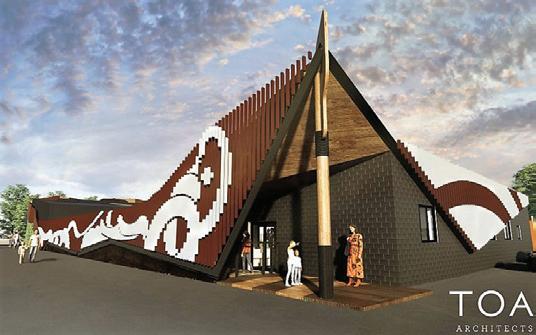
She also knew if the centre’s relationships with their whānau were genuine and authentic, that they would already know who these whānau were.
“My response to Elise’s email was, ‘One suggestion that I have would be to look towards your whānau that you have in your centre either past or present who may be able to help you connect to the appropriate person. This would help create and develop the relationship between the centre and the iwi moving forward’.”
Elise chuckles when thinking about how she initially felt after receiving Leah’s response.
“I thought, oh yeah OK then cool, how hard can this be?”
Telling their own story
Elise says one of the mistakes she made at the beginning of the renaming process was assuming that their centre whānau and the community would engage in the way she wanted them to.
“I had a list and wanted to do this, this and this,” she laughs.
Individual conversations with people were taking place, and there was initial pushback from the community, in particular with whānau Māori. They wanted to honour the relationships within Te Tiriti o Waitangi and see things through a te ao Māori lens.
6 Education Gazette gazette.education.govt.nz
“I told our owners that I really didn’t want to do this anymore and asked if we could just choose a name and get it done. Their answer was, ‘It’s your village Elise, keep going’.”
Giving up wasn’t an option, so she put her head down and thought about why they had decided to embark on this journey in the first place.
And slowly things started to make sense.
The main objective of finding a new name was to connect the centre with the rich culture and history of the area. That meant researching and studying local pūrākau and stories.
Our histories tell stories of relationships between people, places, and things. It is often through local stories that we gain rich insights into these relationships and how events of the past impact on today. These stories align to the bicultural intentions of the principles in Te Whāriki As many times as she had to, she went back to the whānau and back to the local community – her village.
“The community was watching us. Before people opened up it was really obvious that we needed to prove that we were true in our intentions. It was the process that needed to take place,” she says.
Authentic engagement with Tangata Whenua and building trust and strengthening relationships with whānau and the local community allowed the process to progress.
Elise still gets goosebumps when recalling the moment it all started coming together.
“My wow moment was when I realised that journey had to happen. It was about really knowing our local history and our stories,” she says.
“I got scared and I didn’t want to offend anyone. But I learned to be vulnerable and to take things away and not overthink them.
“Everything just came together, but we needed to do the mahi.”
In October 2021 the centre’s new name was approved and Two Rivers Early Learning Village – Ngā Tamariki ō te Huingā o Ngā Wai was born.

Supporting relationships within Te Tiriti
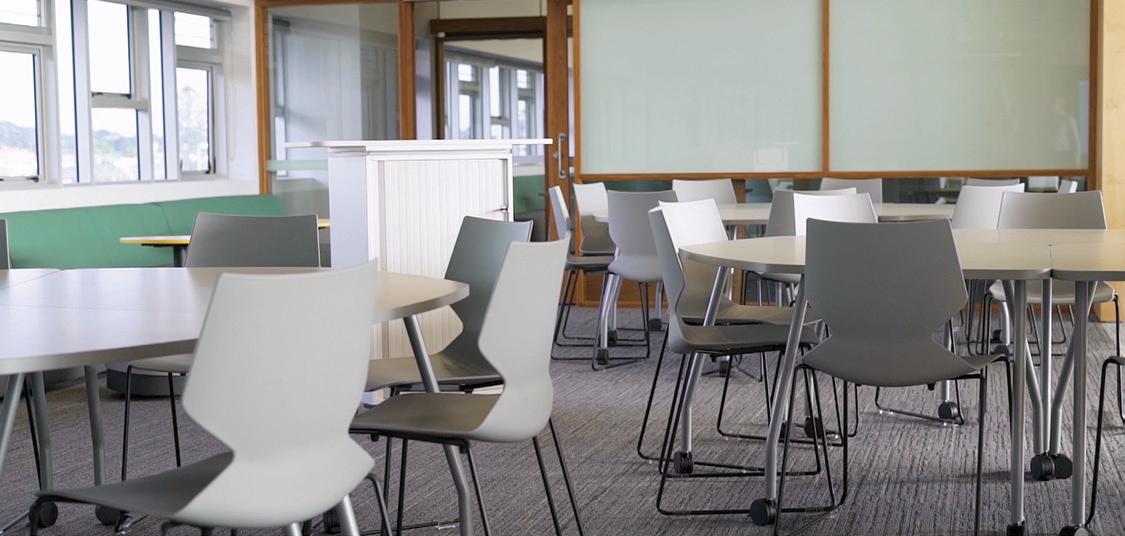
Leah Steens started her new role as curriculum lead in January 2022 and as part of the mahi, she visited Elise at her centre in May.
Leah explains that many early learning services have difficulty finding a place to start to understand, develop and implement Te Whāriki as a Te Tiriti o Waitangi honouring curriculum.
“The process that Elise went through in finding the name proved to be a starting place of understanding for her as the manager and the centre as a whole in terms of what they learned and how the process needs to be.
“A new way of approaching relationships within the Ngāruawāhia community has been both challenging and rewarding. As a result, the centre has begun its learning journey on the history of Ngāruawāhia in an authentic and culturally appropriate way.”
The brand-new building and new name were blessed in June 2022.
Elise says because it was such a massive combined effort with contributions from centre whānau, local kaumātua, iwi and the Ngāruawāhia community, there are too many people and groups to single out and name and thank for their help and support.
“We are so grateful and appreciative of the guidance and support we received during this process. I went into it thinking that I knew a lot and quickly realised that I didn’t,” says Elise.
“Don’t give up, use the challenges to make you feel empowered because the reward at the end is so worth it.”
7 Tukutuku Kōrero 9 October 2023
Furnishing Classrooms since 1996 sales@smartofficenz.co.nz 0800 376 373
www.smartofficefurniture.co.nz
Navigating wellbeing with ancestral wisdom
PolyActive have developed the Va’a Folau programme to connect ākonga to ancestral knowledge and practices to enhance wellbeing through active lifestyles in Te Matau a Māui, Hawke’s Bay.
Va’a Folau is an inspiring programme developed by PolyActive to enhance the wellbeing of Pacific rangatahi through the use of ancestral knowledge and practices. PolyActive is a community-centred organisation started by Vili and Sharon Malaitai, a couple who are passionate about helping Pacific communities find wellbeing through active lifestyles. Well-established in Hawke’s Bay, PolyActive have been offering free, social fitness classes for several years.
Ryan Hambleton of Sport Hawke’s Bay remarks, “PolyActive are really important to the community here in Hawke’s Bay. They engage with their community and develop a project or initiative based on what the community are wanting.”
Sharon puts this more simply, saying, “We do things the Pacific way,” and adds, “our vision statement is to ‘reach the one’, reaching out to our Pacific people in ways responsive
to their needs and edifying that everyone is important.”
It is with this sense of service and determination that PolyActive developed Va’a Folau, specifically for the region’s Pacific rangatahi.
The aim of Va’a Folau is to empower Pacific youth and their families to connect with their cultures. The vehicle for making these connections is va’a, waka, vaka, waqa and the programme is delivered through a combined holistic health and wellbeing mentoring approach.
The distinctive fitness aspect of the Va’a Folau programme is va’a (waka ama/canoeing), which offers both a physical and metaphorical vehicle for cultural connection, teamwork, leadership and perseverance.
Guiding this facet of the programme is local para athlete Peter Cowan, a Paralympic Games contender competing at world championship level – whose daily affirmations are “trust my mahi” and “make it count”.
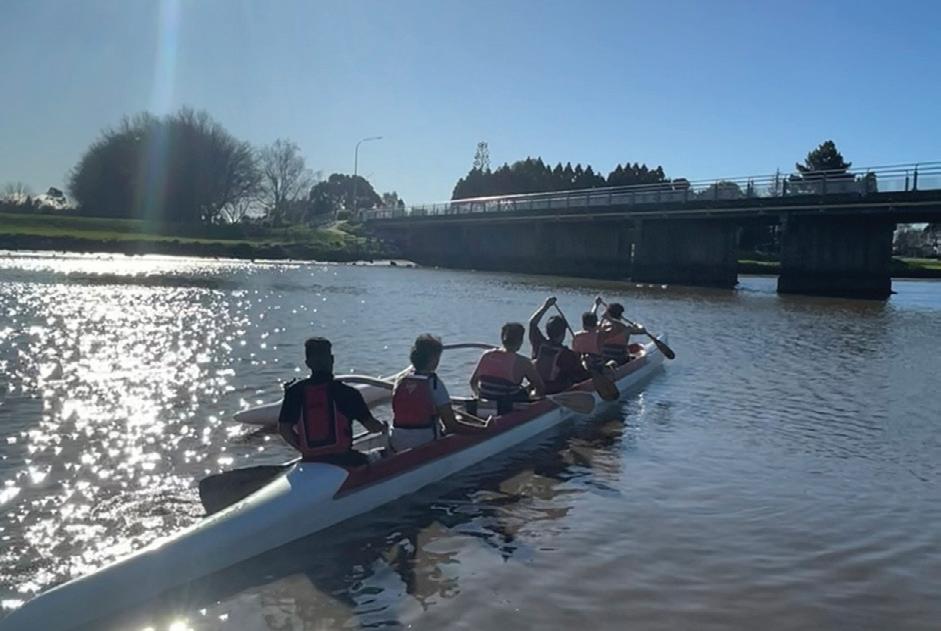
8 Education Gazette gazette.education.govt.nz
Rangatahi at Flaxmere College consider the navigational skills of their Pacific ancestors.
WELLBEING
Wayfinders and storytellers
Before va’a, waka ama or canoeing was a sport, it was a way of life.
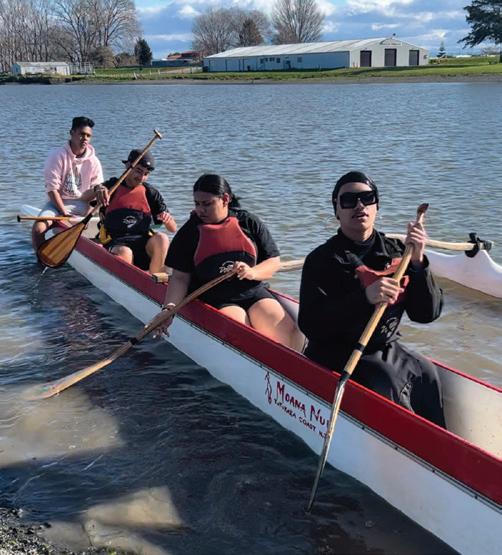
Water vessels were vital to prior generations of Pacific people who “navigated the ocean way before ships and compasses”. Not only were they utilised daily for fishing, transport and trade, va’a were lifelines between island groups and for discovery or resettlement.
“We identify with the va’a, with the water, the ocean, moon and stars. That’s how we are, that’s how we went from island to island,” reflects Vili.
Navigational skills using the stars, stories and elements were honed over generations and passed on as wisdom.
“It’s important to tell those stories, our people are storytellers,” maintains Vili.
Rangatahi at Flaxmere College where the Va’a Folau programme piloted, are asked to consider the traits their Pacific ancestors had to possess in order to journey over reef and ocean.
“People who left the islands were fearless, they took risks, even if they didn’t know what they were going into, they knew that if they didn’t, they wouldn’t succeed or survive,” explains Vili.
In his view, this is also applicable to recent generations of Pacific diaspora.
“Taking risks helped us survive, from our ancestors to my own parents who left Samoa and went out of their comfort zone seeking a better life for their children.”
Employing a strengths-based approach by affirming a connection to ancestral wisdom presents an opportunity for rangatahi to foster a sense of belonging and identify with those positive traits.
“It empowers me to know that I am an intelligent person, because they [ancestors] were so intelligent, they could navigate the ocean with just their surroundings. That’s what we try to empower in our children/fanau, ‘you are intelligent young people from a long line of intelligent people’,” affirms Vili.
For Flaxmere College Year 12 rangatahi Apache, Va’a Folau has been a process of discovery and cultural reconnection.
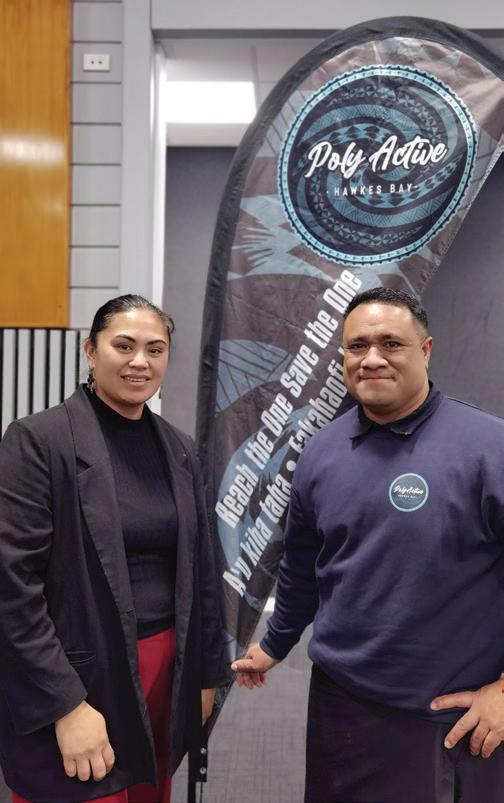
“I thought using the stars for navigation was just on Moana [the movie] until the Va’a Folau programme. All the history of how our ancestors navigated has helped me open more to my Cook Island culture.”
Flaxmere College principal Jim Hay-Mackenzie reinforces, “One of our school priorities is holistic success. One area is culture and being able to represent your culture, is a success. Our students’ culture is an important thing for them to learn – and embracing their culture means that they can learn.”
9 Tukutuku Kōrero 9 October 2023
“That’s what we try to empower in our children/fanau, that ‘you are intelligent young people from a long line of intelligent people’.”
Vili Malaitai
Top: The va’a aspect of the programme provided a vehicle for leadership and teamwork.
Bottom: Sharon and Vili Malaitai, programme directors of PolyActive.
Wisdom in practice
While stories of ancestral wisdom form the basis for confidence and connection, the physical activity of va’a makes it real. On the physical lessons, rangatahi John says, “One of the things I learned was that my ancestors were fit as!”
Vili acknowledges he is not the first person to come up with using navigation as a tool for learning.
“Bringing it to life, actually connecting through the experience of being in the water, feeling the water, feeling the sun and wind, that’s the difference.”
This sentiment is echoed by participants. Apache says, “My biggest moment was getting in the va’a and navigating by learning the current. We put our hand into the water and feel the current, the temperature and how fast it is. It’s the direct connection with the water, we learn so much.”
The Flaxmere College hall is vibrant with family energy when Education Gazette attends the Va’a Folau graduation evening.
Apache, Year 12
During a video presentation, there are snippets of the programme, from concentrated bookwork to wobbly legs, nervous faces to true enjoyment. As the video plays, the room ripples with good natured laughter as rangatahi remember their experiences and bring their families aboard the metaphorical va’a of the programme’s journey.

Vili observes, “When we take them out onto the water, it’s helping them to keep fit, but also with their mental, social and spiritual health.”
The expressions of pride and confidence on the graduation stage are the most convincing proof of this wellbeing.
Fearless, but never alone
John says going out on the water, doing waka ama, made him realise that working together can help everyone go a long way.
One of PolyActive’s central tenets is that holistic wellbeing for Pacific students includes shared experiences towards collective success. Leadership and teamwork are essential teachings in Va’a Folau.
“In order to go forward, rangatahi had to work together.
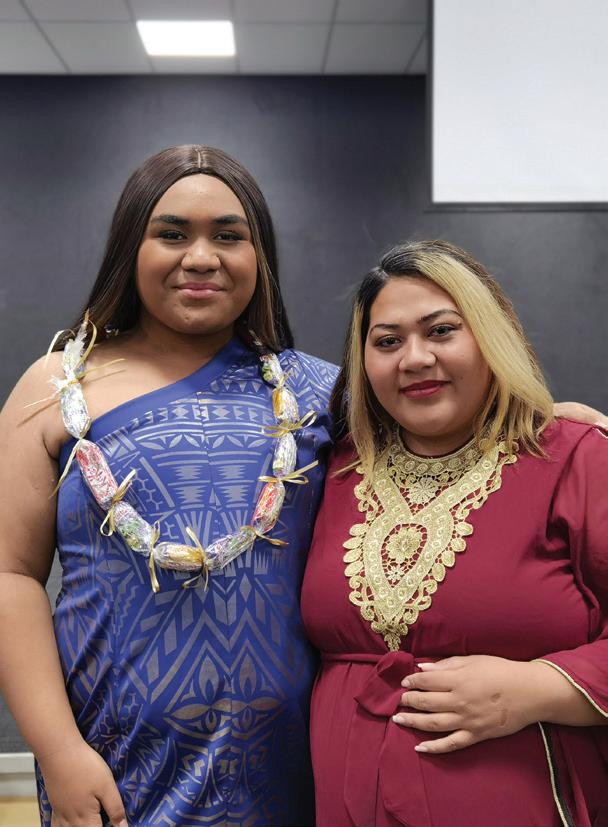
10 Education Gazette gazette.education.govt.nz
“I thought using the stars for navigation was just on Moana [the movie] until the Va’a Folau programme. All the history of how our ancestors navigated has helped me open more to my Cook Island culture.”
Top, bottom and right: Flaxmere College rangatahi pictured at the Va’a Folau programme graduation ceremony.
If we want to go in the same direction and not go round in circles – we all have to row,” says Vili.
This is the same energy that PolyActive brings to their partnership with Flaxmere College and families.
Vili insists, “It’s a collective effort to encourage our youth to succeed in life,” and that the goal is to nurture environments where rangatahi are able to embrace who they are culturally and feel supported in their education.

“We teach about what NCEA is, so that we know, and they [students, families] know what they’re learning towards.”
Principal Jim Hay-Mackenzie commends the leadership he observed both on and off the water.
He shares how some students worked to encourage others who were not as confident on the water. Back on land, “It has helped the leadership in the school, given a different vehicle for some of the students to show leadership.
“For example, they’ve done group activities where they’ve been talking about their cultures, and some of these conversations have been led by these students.”
With regard to Pacific ancestors, Vili concludes, “Yes, they were fearless – but never alone.”
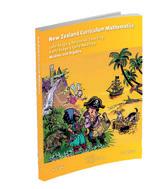
Bright smiles and bright futures
“We want to offer this programme through all the schools in Hawke’s Bay,” says Sharon. The positive impact of Va’a Folau extends holistically through each of the participants’ lives, the result being a lasting sense of wellbeing in its participants, and families, and school communities.
Va’a Folau graduate John’s testament echoes what is felt by many. He says, “The physical side, cultural, academic, I feel like they are connected.”
He also attests to the programme’s role in reorienting his life.
“It’s helped me to realise that I can get further with positive people around me, looking after myself and focusing on my education. I was off track, but PolyActive has helped me get back on track and get my credits. They’ve also helped me to keep fit, that’s a bonus.”
Apache’s plans include joining the defence force after experiencing the value of logistics and community support during Cyclone Gabrielle. Connection to his culture is intrinsic to how he pictures himself in his future, carrying the programme’s teachings into daily life.
“From now on, I’m always going to hold being Cook Island and Māori strong to my heart as I journey through my life, and into the defence force.”
Perhaps though, the most heart-warming impact is described by John.
“They helped me to become more positive and happy. I walk around with a smile now, I never used to like smiling because I thought it made me look weak, but I’ve found out, it just makes me look happy.”
Just like a bright smile, PolyActive’s mission shines through every facet of their groundbreaking programme and, in their words, “Va’a Folau takes you all the way back – to who you are.”
Give your students the best advantage
excel
mel@caxed.co.nz AWARD WINNING MATHS TEXTBOOKS WITH free ONLINE TEACHER SUPPORT
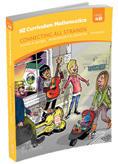
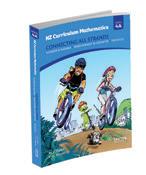
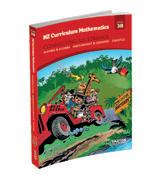
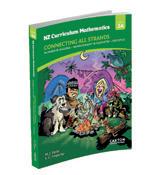

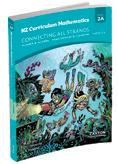
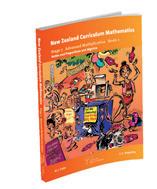

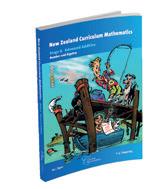
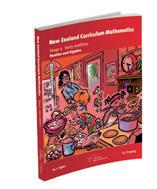
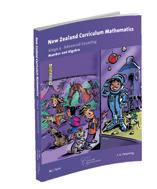
11 Tukutuku Kōrero 9 October 2023
www.caxed.co.nz
to
at
use our
For more information, visit polyactive.co.nz. our free online teacher support. YOUR STUDENTS DESERVE THIS!
maths. They
textbooks, while you have all
Secondary schools unite in pride for The Lil’ Gay Out
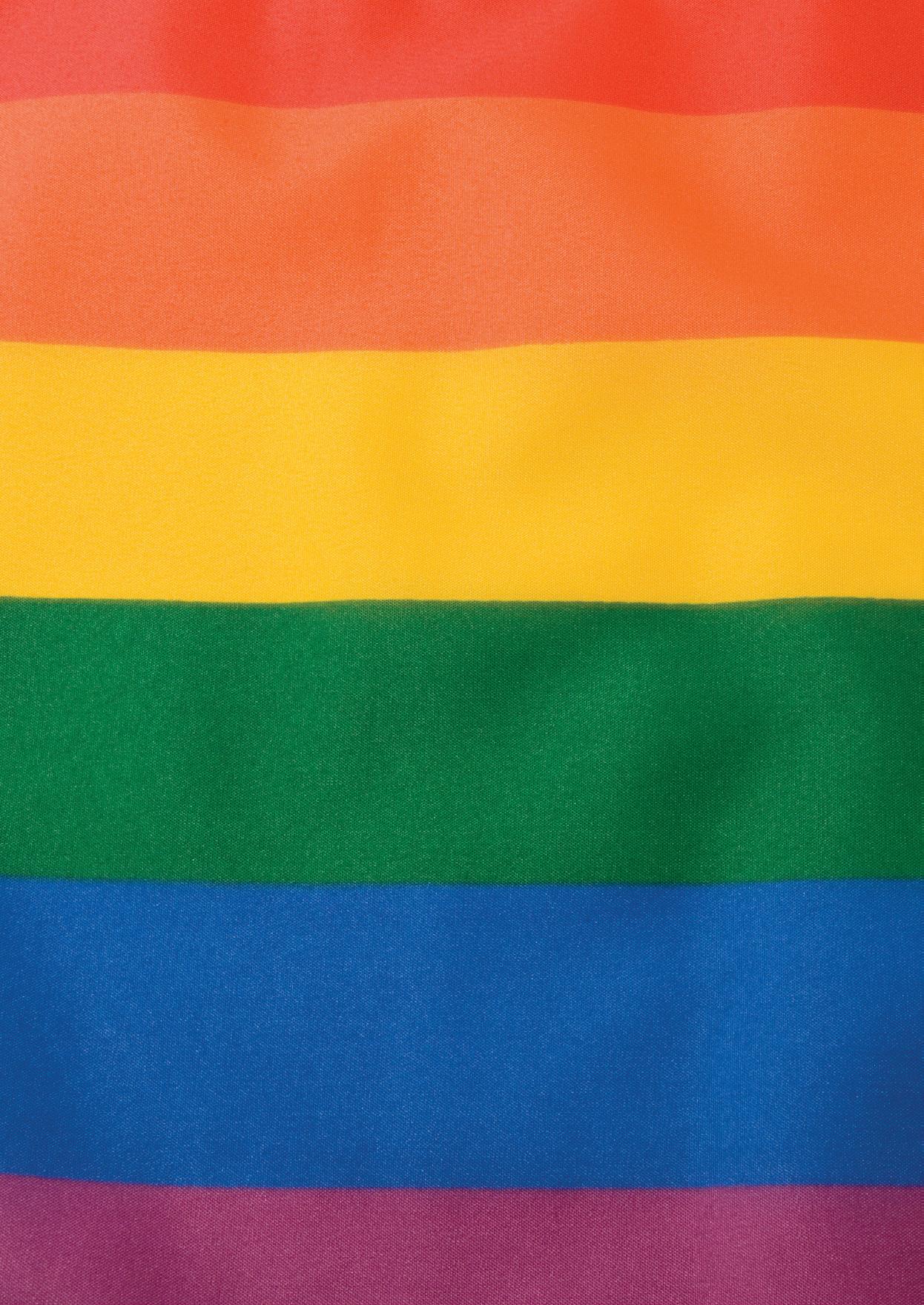
More than 300 Rainbow ākonga from 15 secondary schools across Auckland came together in June for a day of celebration, learning and connection.
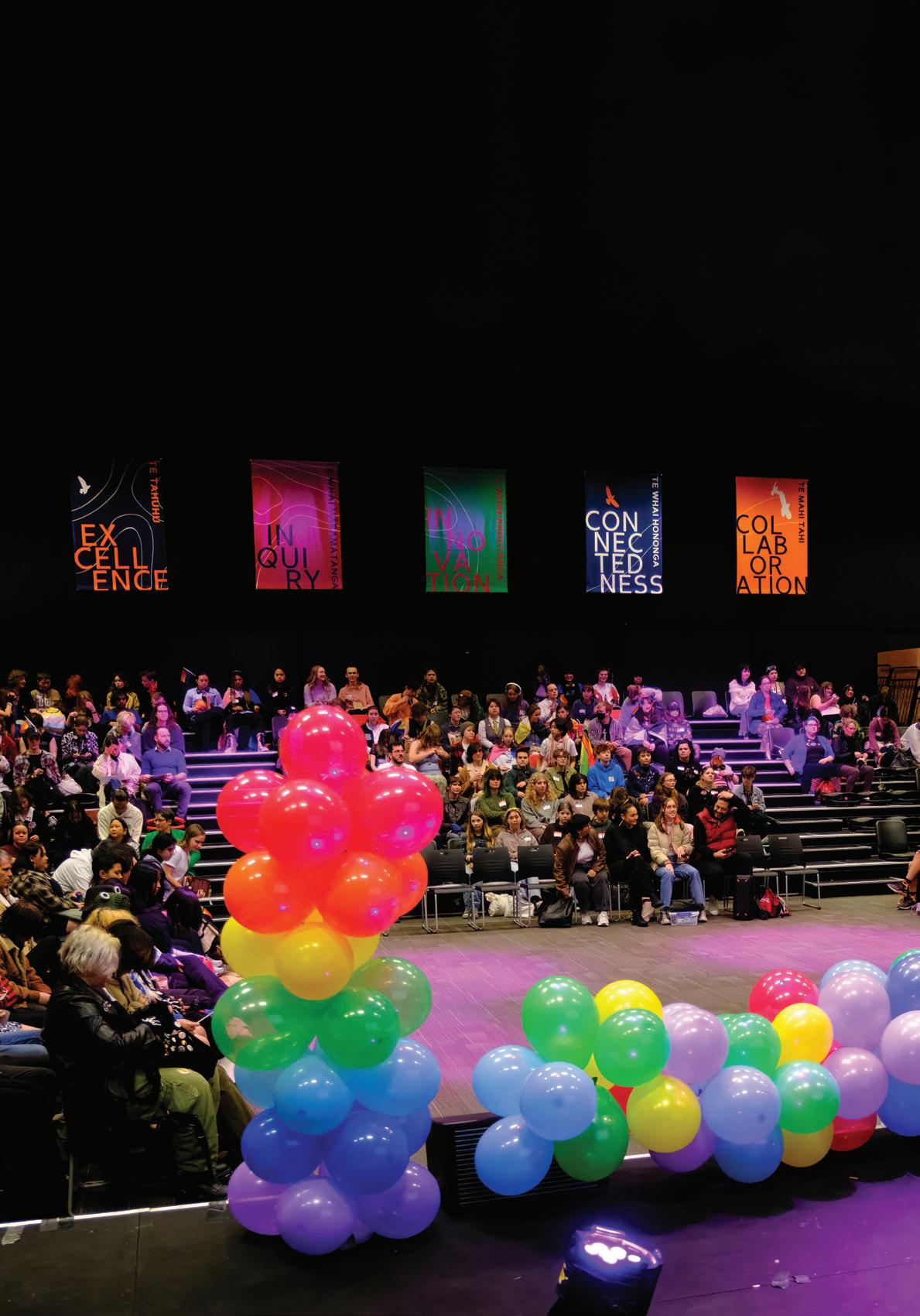
RAINBOW COMMUNITIES
Hobsonville Point Secondary School (HPSS) held the The Lil’ Gay Out for the third consecutive year.
The Lil’ Gay Out is an annual event organised by Hobsonville Point Secondary School (HPSS) during Schools’ Pride Week Aotearoa (12 to 16 June).
Schools’ Pride Week is a way to encourage school leaders, teachers and educators to support and celebrate our Rainbow ākonga, by highlighting values such as inclusion, diversity and acceptance in schools.
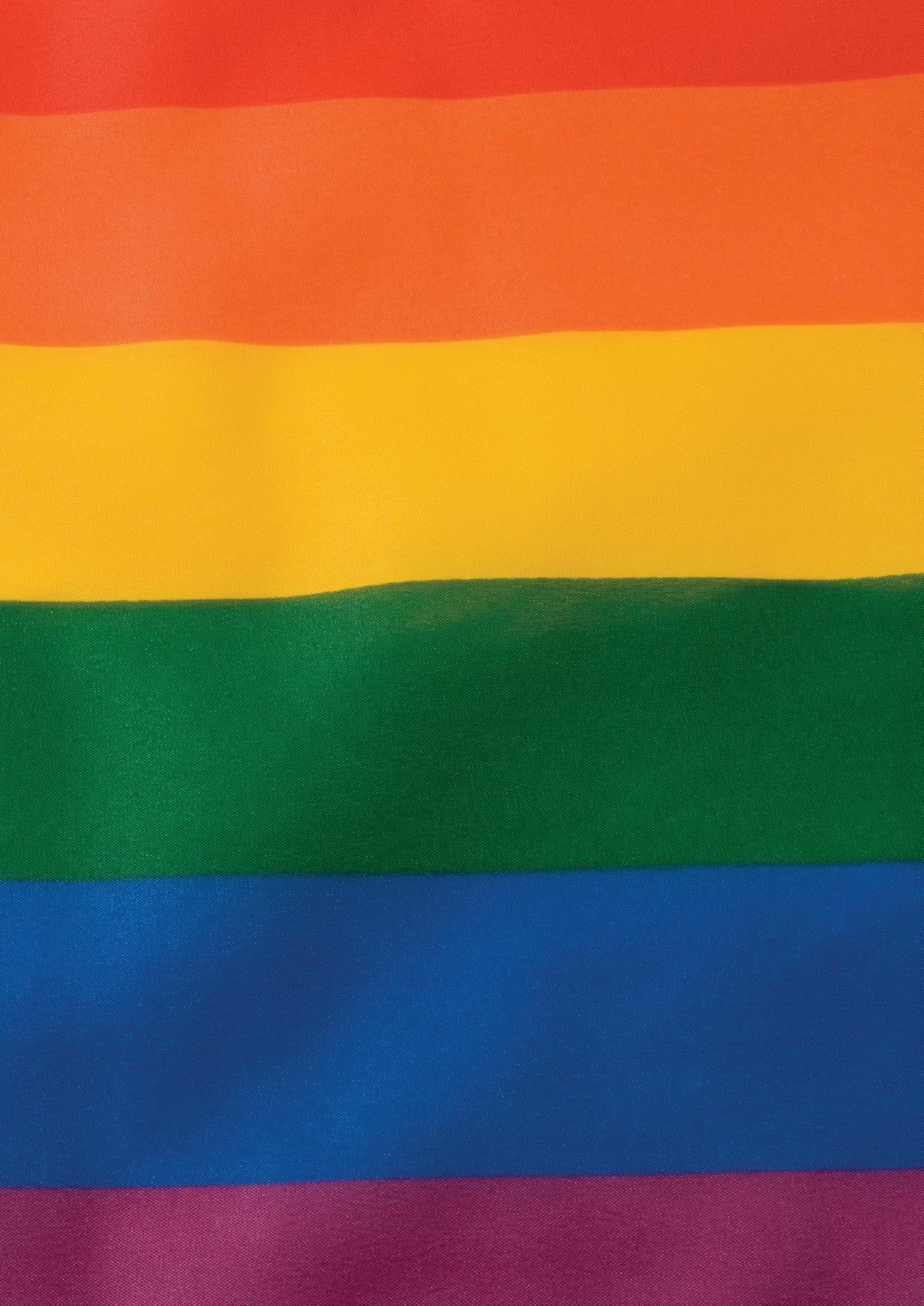
Rainbow ākonga are estimated to make up to 20 percent of the total student population and are present in all schools. Every school should provide safe and inclusive spaces that are free from discrimination for all students, including Rainbow ākonga.
Hobsonville Point Secondary School HOD Student Services and event organiser Victoria Marsden says 2023 was the third annual Lil’ Gay Out hosted by their school, and had the largest number of attendees to date.
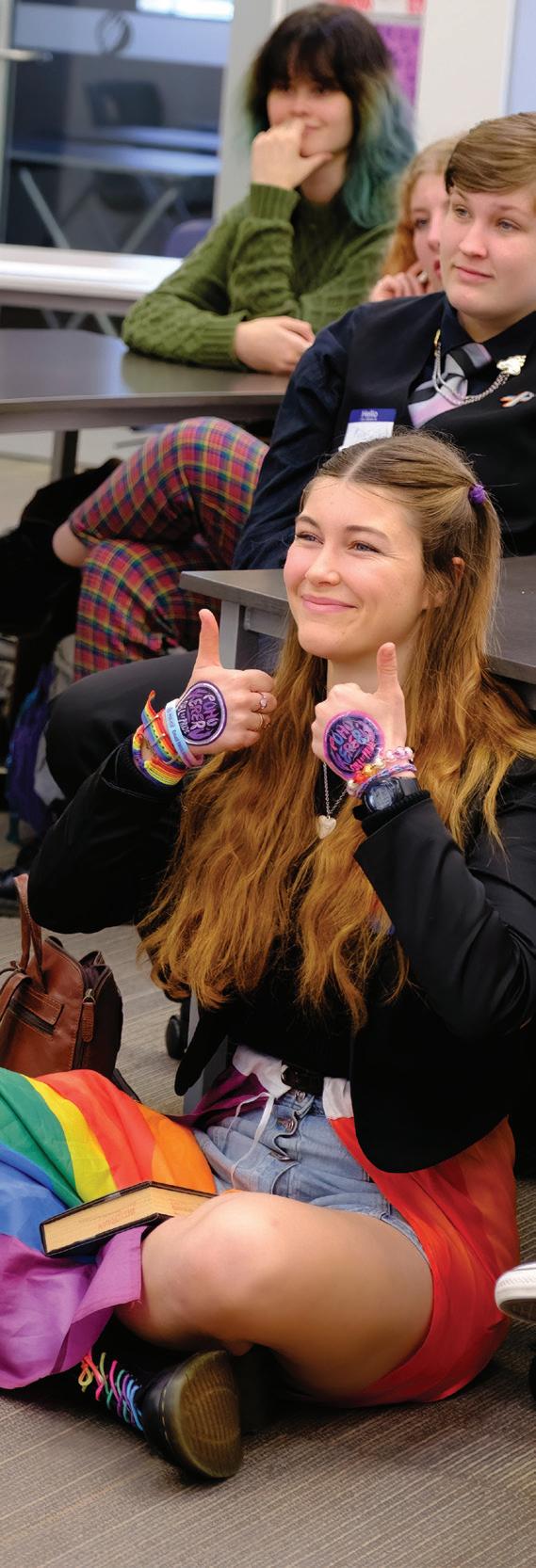
“It provides students with a fabulous way to celebrate who they are,” she says.
Community organisations come together
This year, students were able to choose to attend two of the nine workshops hosted by community facilitators and organisations.
“The majority of those who committed to delivering the workshops did so even before funding had been secured,” says Victoria.
Workshops on offer included How to Make Your School Diversity Group a Success with InsideOUT Kōaro, Rainbow Māori and Pasifika Mental Health with NevertheLess, Queer Representation in Film and Literature with Auckland Libraries, Rainbow Safe Sex with BodyPositive and Dr Torrance Merkle, Gender Affirming 101 with Auckland Sexual Health Services, Being OUT in Sport with SchoolSports in NZ and special guest Kate Weatherly, Make Your Own Pride Flag with Queer Yarns, Navigating the Online World as a Queer Person with NetSafe, and Sexualities/Gender/Identity with Rainbow Youth.
“To have such a wide range of workshop options for students to choose from speaks to the support of Lil’ Gay Out from Rainbow organisations in Auckland and also the growing popularity of the event,” says Victoria.
She says student feedback from previous years set the format for the 2023 event.
“We started the day with a whanaungatanga session split into two groups: Spoken Word Poetry – the Pride Edition with Action Ed, and Rainbow Zumba with Fleur from Zumba Hobsonville.”
She says students attended the session that aligned with their interests and many shared that these initial workshops made them feel safe, and provided the opportunity to connect with many people who accepted them.
The Diversity Liaison Team from the New Zealand Police then spoke to the attendees with Senior Sergeant Rhona Stace sharing her moving story of coming out as transgender in the police.
Students learned what is happening both within the NZ Police, and between the police and the community, to create safer spaces and relationships for Rainbow officers and those in the Rainbow community.
The last session of the day was with Chlöe Swarbrick, Member of Parliament, speaking about some of her experiences as a member of the Rainbow community.
Following this, Chlöe hosted a Q&A session with students who asked her about topics such as voting, the next election, MMP and the New Zealand mental health system.
13 Tukutuku Kōrero 9 October 2023
A variety of workshops were on offer for students to attend.
The day ended with a performance from international drag superstar, the amazing Anita Wigl’it.
Inclusive learning and connection
Victoria says it was moving to see the participants connecting with others who identify similarly to them and experience being truly accepted in a school setting.
Students shared that Rhona’s story, and that of others on the day, allowed them to be in “a community and surrounded by people that have had the same struggles as me”.
One student said, “It made me feel really grateful to have so much support and gave me an opportunity to meet a bunch of cool new people. I feel I learned a lot, and also feel like I strengthened my connection to myself and my identity by participating.”
The workshops were a highlight for many students who enjoyed “learning and engaging in meaningful discussions” and “gaining a sense of community… having a lovely day in a safe environment, and having an
educational day to learn about topics I most likely wouldn’t have known outside of this event”.
Victoria says it is an honour that HPSS is leading the way in supporting Rainbow young people.
She says a staff member from a visiting school shared that they “cried at the end of the day having seen my students feel how I wish they could always feel. It’s something I hope for everyone to see, then maybe there would be the understanding we need to move forward in the ways that are necessary. Thank you so much for providing this opportunity to my students, it’s given them so much joy and hope.”
The event was made possible thanks to generous sponsorship from Foundation North, the Peter Rule Foundation, Rainbow New Zealand Charitable Trust and FCB Aotearoa.
“These relationships have opened up some exciting opportunities for future Lil’ Gay Out events, including a possible larger venue and securing funding for an event organiser,” says Victoria.
Ways to make your school or kura more inclusive
Download the Ending rainbowfocused bullying and discrimination workbook. The Ministry of Education funded InsideOUT
Kōaro to develop this as a resource to assist schools in creating inclusive and caring learning environments for all students. Visit insideout.org.nz.
Prepare with your community now for Schools’ Pride Week next year. More information and ideas to celebrate are available at pride.school.nz.
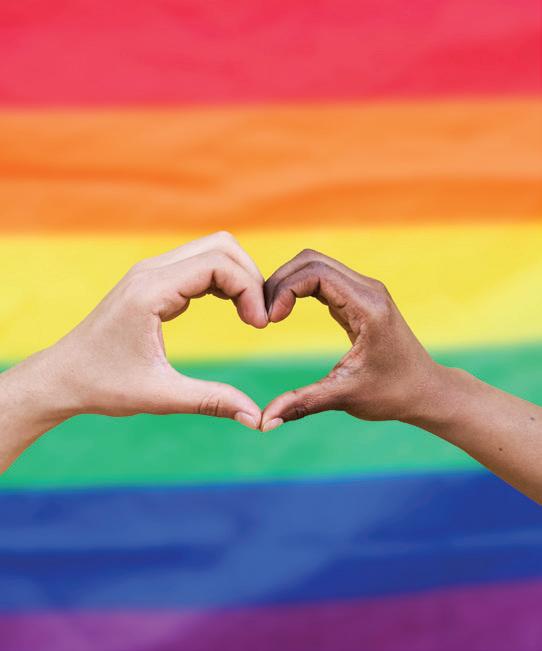
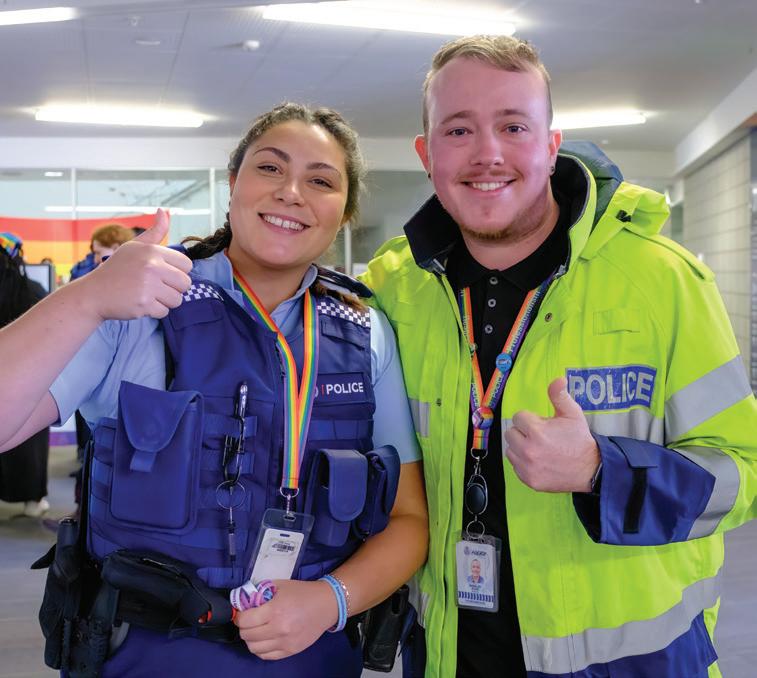
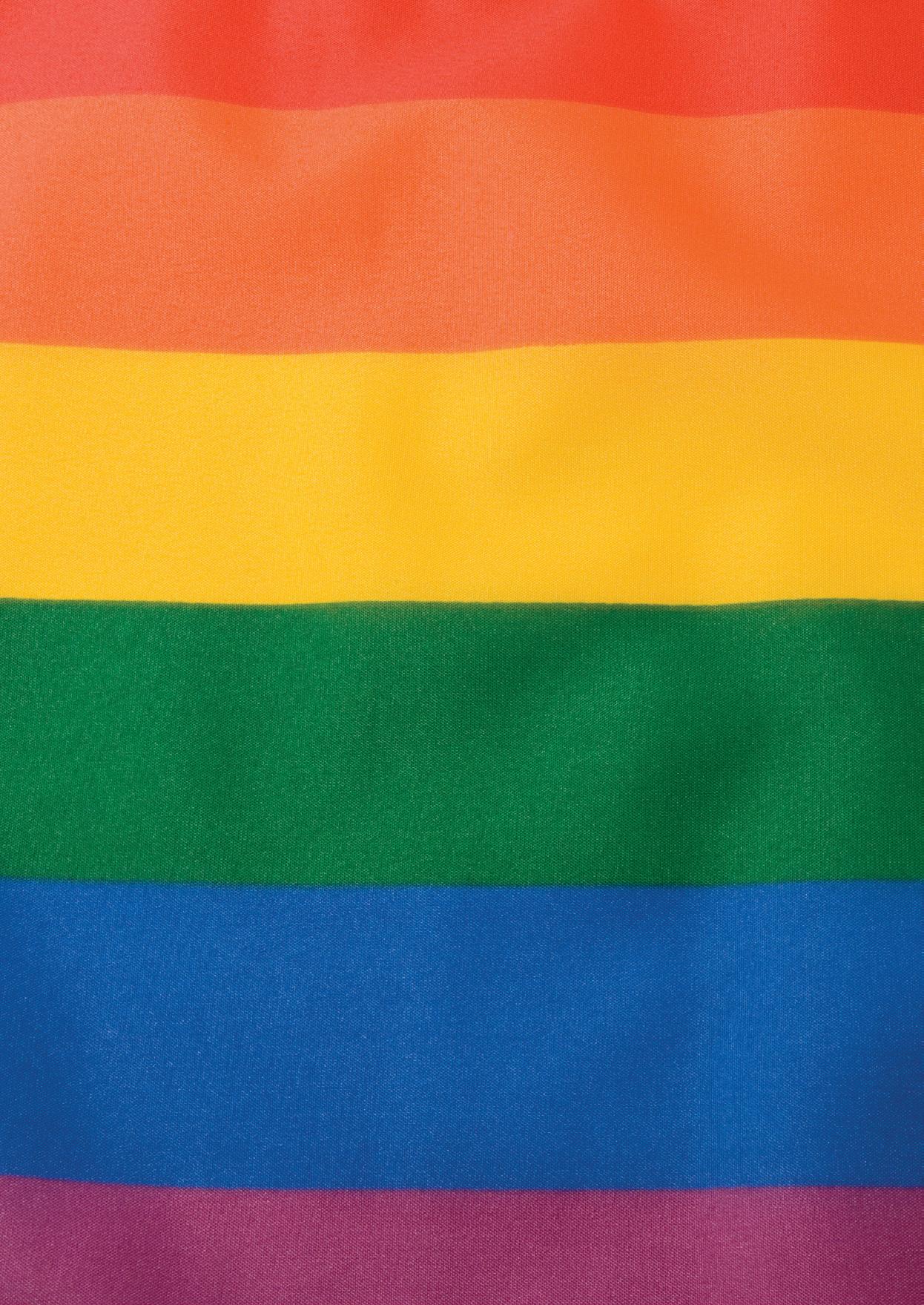
14 Education Gazette gazette.education.govt.nz
“It made me feel really grateful to have so much support and gave me an opportunity to meet a bunch of cool new people. I feel I learned a lot, and also feel like I strengthened my connection to myself and my identity by participating.”
Student attendee
Members of the New Zealand Police Diversity Liaison Team spoke to attendees.


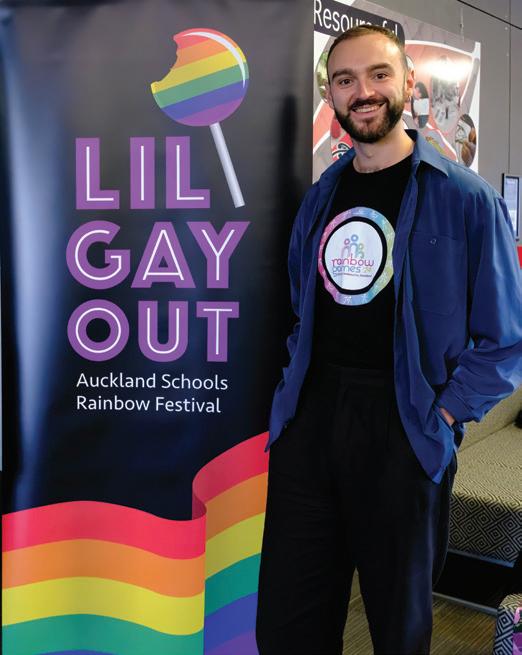
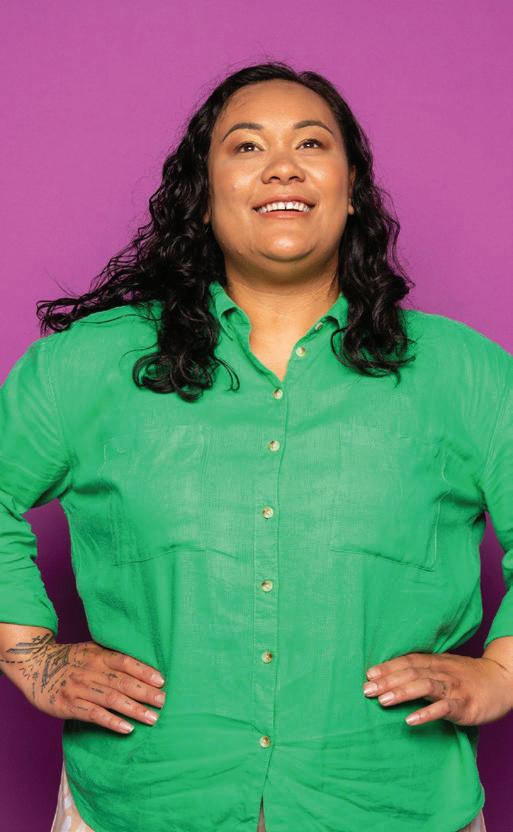
15 Tukutuku Kōrero 9 October 2023
Community facilitators and organisations hosted the nine workshops. The event has grown in popularity each year.
Quest for growth rocks on after 35 years
When New Zealand’s rangatahi get involved in the arts, other areas of their lives see the positive benefits: relationships improve, there is a strong feeling of belonging and tūrangawaewae and there is optimism for the future.
One organisation, and one event in particular, has provided more than 150,000 rangatahi across the motu with an opportunity to nurture and develop their creative flair over the last 35 years. It is Smokefreerockquest.
The first Smokefreerockquest was held in 1989, running out of Christchurch. The event now hosts more than 20 regional competitions, with the top regional bands progressing to a national final. At that national final, the competing bands are given eight minutes to perform on stage and are judged by industry professionals.
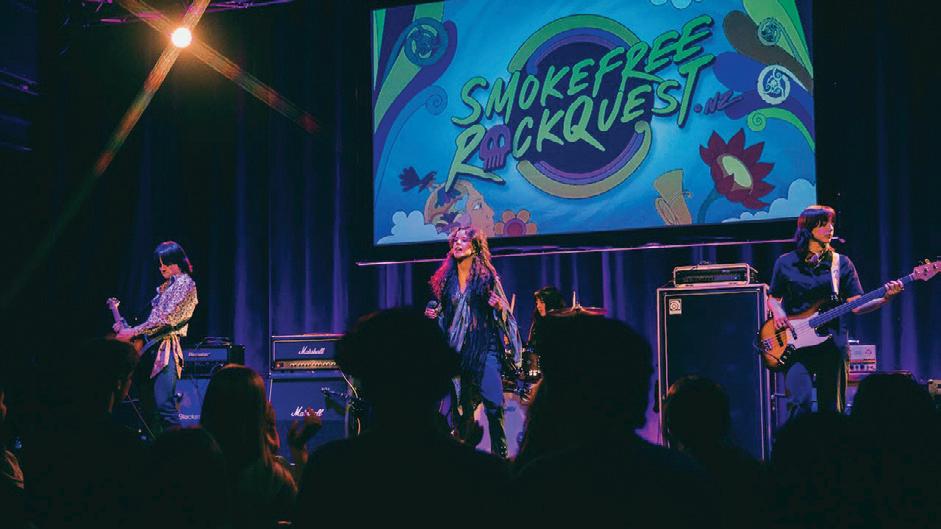
As the event grew in size during the early years of its inception, Glenn Common and Pete Rainey co-founded Rockquest Promotions to manage and grow the event into what it is today.
“We had decided to run the event because we saw the benefit that students gained from performing on a large professional stage in front of a proper audience. The motivation that it gave them to want to do more, to keep
going, was where we saw the benefit,” says Glenn.
By the second year of Smokefreerockquest, Auckland, Dunedin, Wellington and Rotorua were added to the competition.
“The schools in the four new regions caught on really quickly, and we realised this could be big and sustainable in the long term,” says Glenn.
“This year we held events in 21 regions, from Whangārei right down to Invercargill, and with an online option too.”
Alongside Smokefreerockquest, there are now six other major programmes run by the company, including Smokefree Tangata Beats and Rockshop Bandquest. As the demand for mentoring and opportunities in the creative industry grew, the company launched Showquest (a new drama/dance event commissioned after the departure of Stage Challenge), Toi for wearable art, OnScreen for film and Stills for photography.
But growing the company into what it is today has not been without its challenges.
16 Education Gazette gazette.education.govt.nz
THE ARTS
The Jehts, a classic rock act hailing from Christchurch, performing in 2022.
Glenn explains during the late 2000s, when “big screen TVs” were on the rise, there was a trend for people to stay at home rather than go out. This affected audiences.
“Different challenges come at different times,” he says.
“Social media has challenged us with where our audience can be found. It is not only the people who physically attend our events anymore, but also those on social media platforms who interact by watching the webisode series, sharing either our content or their own content from an event, or even watching our National Final live streams.”
Covid-19 affected audiences again but luckily live audiences are now returning.
“We have learned to adapt to the times. As audiences change, one thing stays constant: that students want to perform their own music live,” says Glenn.
“Arts in education play a huge role in helping our young people to face the future with a set of skills that give them flexibility, creativity, ability to cooperate and work in groups. Skills they can apply in life wherever it takes them,” adds Pete.
Mentorship and a place to grow
A key benefit for rangatahi taking part in the programmes is industry connections, plus the mentorship from professionals working in the careers they aspire to.
During Toi, students receive feedback and mentorship from World of Wearable Art designers. Smokefreerockquest winners receive a coveted prize: an opportunity to record a single, release a music video and receive mentoring from a music industry professional.
For those rangatahi participating in Showquest, the opportunities are not just based on performing arts. Interested students have the chance to learn from professional lighting technicians as they control the lighting for their school’s performance, they can work as assistant stage managers or record the shows as a videographer or photographer.
At this year’s Smokefreerockquest and Smokefree Tangata Beats, top acts attended online media training workshops with award-winning broadcaster Sarah Gandy.
Future filmmakers are encouraged to take part in OnScreen, with their “works in progress” received by industry pros from organisations such as NZ OnScreen and the NZ Writers Guild.
A platform for self-expression
A 2020 Arts Council of New Zealand Toi Aotearoa Survey found nearly three-quarters of young people now feel good about life in general when taking part in arts activities and they see the arts as something that can contribute to their wellbeing. Creativity is seen as an outlet for self-expression and exploring identity.
The hunger for self-expression is growing. Every year, more students take part in arts programmes. This year was the biggest year yet for Smokefreerockquest, with

17 Tukutuku Kōrero 9 October 2023
“Arts in education play a huge role in helping our young people to face the future with a set of skills that give them flexibility, creativity, ability to cooperate and work in groups. Skills they can apply in life wherever it takes them.”
Pete Rainey
Julia Deans performs as a guest in 2000 (she was a participant in 1991). Photo: Chris Trail.
more than 3,000 rangatahi performing in the event. Smokefreerockquest remains Aotearoa’s only nationwide youth event featuring rangatahi original music.
“Rangatahi participating in Showquest report they experience an overwhelmingly welcoming, nonjudgemental and positive environment where they are able to express themselves authentically and creatively.
“They’re given a professional-level platform to build confidence, make new connections and develop their performing arts skills, whether onstage or behind the scenes,” says youth development manager Abi Penaliggon.
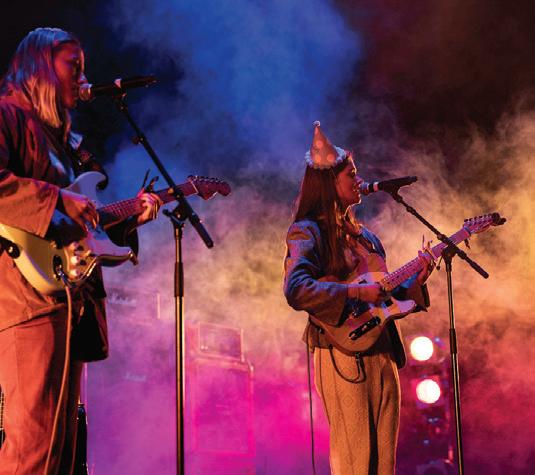
It is also about rangatahi finding “their people”. Smokefree Tangata Beats is a great example of this, where talented Pacific youth are brought together to celebrate their culture and creativity.
By participating in the events, rangatahi realise just how far they can go when they believe in themselves and feel supported and empowered to express themselves authentically, explains Abi.
A career in music
Glenn says what he is most proud of, looking back on the past 35 years, lays in the future: all the rangatahi who have carried on with their passion for music and arts and forged great careers.
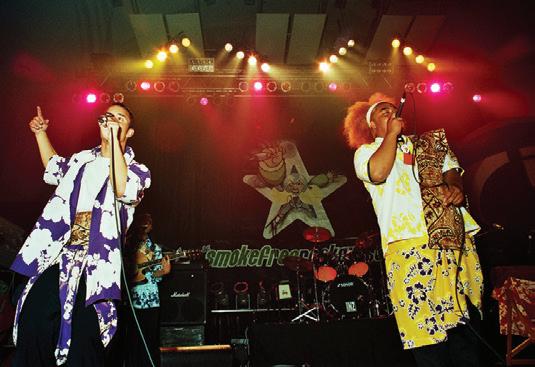
“It’s the achievements from those performers who have been on our stages, to see them then appear on significant and often international stages,” he says.
Pete says Smokefreerockquest is “just part of the mix”.
“Nothing gives me greater pleasure than these students kind of forgetting about Smokefreerockquest and carrying on with their careers, cause indeed that’s the most important thing,” he says.
“We don’t lay claim to having ‘started anybody,’ or being the reason they have been successful. It’s their own ability and their own drive and own willingness to be in the industry that drives them further.”
It’s not just about winning. Kimbra was 14 when she came second at the event in 2004. The members of Opshop all met at Smokefreerockquest, although they were competing against each other at the time.
Glenn explains it has also been great to see the massive outreach of Smokefreerockquest.
“We are always coming across people who have interacted with the programme. Whether their children have been through it, or they remember doing it themselves, the fact that it’s had such a large impact is something we never saw coming. That is a huge success,” adds Pete.
Music is not an academic subject where you sit at a desk and read a textbook. Glenn believes music is about art, performance, creative interaction, expressing ideas and emotions. The events provide a safe and encouraging platform for rangatahi to experiment with that.
“It works as an addition to what students are learning in their school environments. It gives them an opportunity to take the basic skills that they have learned and apply, develop, and hone them in a real-life situation.”
18 Education Gazette gazette.education.govt.nz
“They’re given a professionallevel platform to build confidence, make new connections and develop their performing arts skills, whether onstage or behind the scenes.”
Abi Penaliggon
There’s A Tuesday are a Christchurch based duo. They won first place nationally in the Smokefreerockquest national final for 2019.
Nesian Mystik perform in 2000. Photo: Chris Trail.
Teach STEM with our easy-to-use resources

• Free STEM teaching resources available online.
• Engaging activities to inspire tamariki and extend learning.
• Educational online games and e-books available in both te reo Māori and English.
Find out more at: schoolgen.co.nz/teachers @schoolgennz or use the QR code below

Connected Ako: Digital and Data for Learning
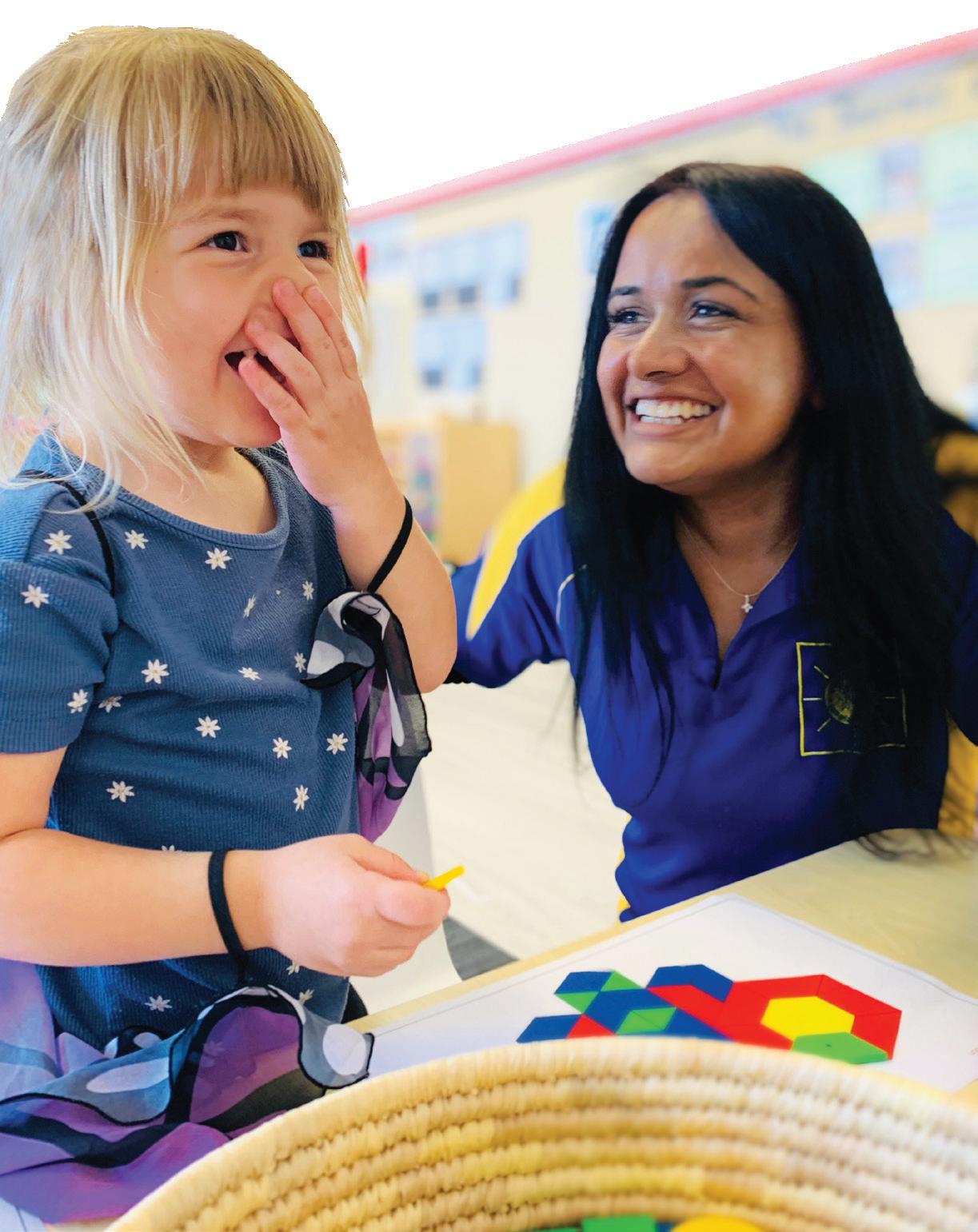 Kaiako Rakhee at Just Kidz Henderson is showcasing technology to expand young learners’ knowledge.
Kaiako Rakhee at Just Kidz Henderson is showcasing technology to expand young learners’ knowledge.
learning, teaching, assessment, and research
Focus: Technology expands curious minds of early learners

Focus:
Just Kidz Early Childhood Education Centre in Henderson is harnessing the power of technology to expand the enquiring minds of young learners. The centre’s Monarch Butterfly Programme demonstrates how technology has enabled teachers to transform the interest and curiosity of tamariki into learning opportunities to expand their knowledge.
When a butterfly flew through the playground at Just Kidz Henderson, it piqued the curiosity of the young learners. It’s only fitting that much like how a caterpillar transforms into a butterfly, teachers at the centre have been using technology to transform learning and expand young minds.
Rakhee Osborn, a kaiako at Just Kidz Henderson –which caters for babies through to school-aged children – says that moment with the butterfly led to the creation of the Monarch Butterfly Programme.
“Of course, that sparked lots of interest with the children. And then the teachers could research, and it went from there.
“After we found that the children were interested in the butterflies, we were gifted a swan plant which
brought more interest, and the children had fun capturing their own moments using the iPad and the tablets,” she says.
Rakhee says technology has enabled tamariki to watch the life cycle of the butterfly and look at different butterflies around the world and in New Zealand. Images of these butterflies have been printed and displayed on the walls of the centre, she says.
“Technology allows us to do way more than we could 20 years back when I first started teaching. When a child would come up to me with an interest or something, I would have to go to the library and sometimes you might not get those resources straight away. Where nowadays, it’s easily accessible and we can just expand their learning straight away in real time.”
21 Tukutuku Kōrero
Transformed
9 October 2023
Kaiako Sean demonstrating how technology has enabled kaiako to facilitate learning and engage children.
Transforming learning
Vanessa Henry, Just Kidz Henderson’s operations manager, says using digital resources enables children to gain “so much more” from activities.
For example, their paintings can become a copied and saved masterpiece with images or video of them creating it; they can explore spatial awareness, distance, direction and mapping through early coding and programming of robots; they can develop aural skills and communication by accessing online videos, music, and cultural resources; and they can capture their own stories and ideas with cameras and video, going on to publish their work and findings.
“It crosses into all learning areas and enhances them,” she says.
“It adds a richness and depth that wasn’t available before and enlivens all the senses through more engaged and varied learning.”
This sentiment is shared by kaiako Sean Xiao, who says technology has enabled kaiako to facilitate learning and engage children. This weaves in the full framework of Te Whāriki, in particular the communication and exploration strands.
“There’s no denying that this is a state-of-the-art technology era. So, everybody has to use technologies to work. From early years, this is basic ideas that they can just grasp from using the technologies here at the daycare centre, for the future of learning as well.”
The mahi at Just Kidz Henderson brings to life the work across government education agencies to spotlight the potential of digital and data to improve learning and teaching.
Vanessa says the centre was eager to showcase the many benefits of digital technology with young tamariki.
“We are forever conscious of what excessive screen time can mean for children; however, we are aware that technology as a whole can be so beneficial in aiding positive learning outcomes for children when it is used appropriately,” she says.
“When used to research and share information in the moment of learning and discovery, we see a whole new world open for our children, and their knowledge widen and stretch.”

Rakhee says one of the positive learning outcomes has been an increase in the children’s confidence.
“They’ve learned to be independent and capable to use resources to actually research and find out the answers themselves with support from the kaiako,” she says.
22 Education Gazette gazette.education.govt.nz
“Technology gives us access to so many networks of support and resources to increasingly reach better outcomes for children’s learning and development. Simultaneously, it provides tools for deeper, quality partnerships with their whānau."
Rakhee Osborn
Students at Just Kidz Early Childhood Education Centre bringing learning to life through play.
Whānau connections
Technology is also helping connect whānau with the learning happening at Just Kidz Henderson.
The centre uses a programme called Educa where families can access children’s learning stories and see their development online.
“Educa is actually not only for us as teachers to write learning stories on, it’s also for the parents to really look at what learning is happening at this daycare centre,” Sean says.
Zoheb Shah, a parent, describes Educa as a “Just Kidz Facebook-type thing”.
“The teachers here, they’ve put in comments and stories and little shenanigans that she’s been part of. So, it’s cool,” he says.
Rakhee says it’s been “really good to have extra expanded whānau” who can join the programme and be involved, even if they’re overseas.
Andrea Spraggs, also a parent, says Educa enables extended whānau to keep up with her son’s learning.
“Having it has been very helpful because we definitely share it with grandparents and even my sister is quite interested in keeping up with his learning and stuff too. So, she likes looking at all the pictures and stuff on it. So yeah, it’s very helpful.”
Vanessa says for teachers and families, information is readily available, easily shared and communicated.
“We are becoming more connected, more informed, and more knowledgeable. We continue to learn alongside the tamariki, with them, and also in our own journeys,” she says.
“Technology gives us access to so many networks of support and resources to increasingly reach better outcomes for children’s learning and development.
Simultaneously, it provides tools for deeper, quality partnerships with their whānau.”
Rakhee says using this technology in the centre will impact the children’s future.
“In the future, I feel like it would be nice for children to be able to access and research using technology at home, and I feel this will impact and help them in the future on their next journey through to school.”
Visit education.govt.nz/digitalstrategy to find out more.
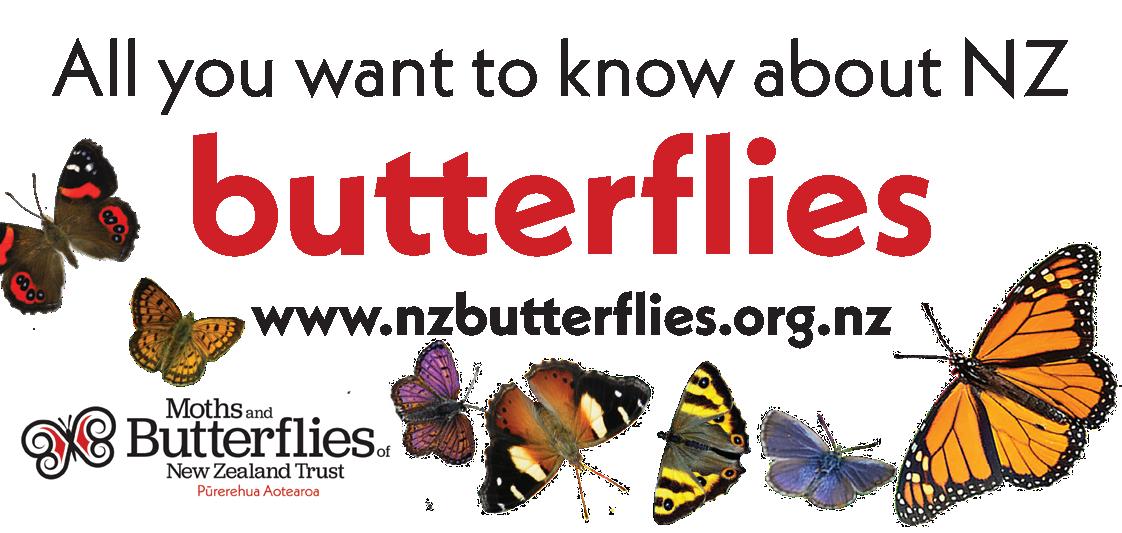
Transformed learning, teaching, assessment and research
Education agencies are building the commitment to include digital and data considerations throughout the education journey. Digital and data can contribute to better educational outcomes. Building digital capability is essential to helping learners gain the skills they need. This includes approaches to safety and wellbeing, curriculum, assessment, research and building the capability of educators.
To enable transformed learning, teaching, assessment and research, learning environments require secure platforms, systems and assistive tools. Used well, digital and data can contribute to better educational outcomes.
23 Tukutuku Kōrero
9 October 2023
 Kaiako Sean at Just Kidz Henderson encouraging technology approaches to enhance learning.
Kaiako Sean at Just Kidz Henderson encouraging technology approaches to enhance learning.
24
Watch the video showing how technology has enabled teachers at Just Kidz Henderson to transform learning opportunities.
Te puna kōrero:
Celebrating stories of digital success in education
Education Gazette is offering a series of articles highlighting digital success stories from across the education sector.
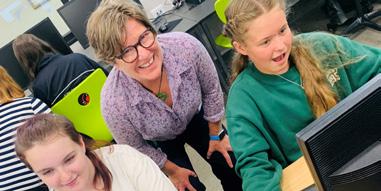
Stories like this one of new approaches to digital in education are being regularly showcased. You will meet kaiako Rakhee, who is using digital to share butterfly stories in her early childhood centre.
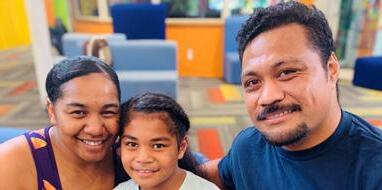
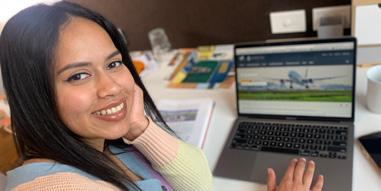
Just Kidz Henderson is harnessing the power of
technology to expand the enquiring minds of young learners.
All videos are available online at education.govt.nz/digitalstrategy.
All articles will be available online at gazette.education.govt.nz.
How is learning in a virtual world making young Kiwis safer drivers at Waimate High School?
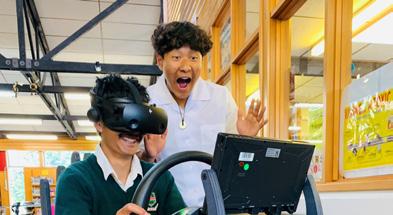
How can te ao Māori impact a digital world to create a special place for deaf learners at Rūaumoko Marae?

How is
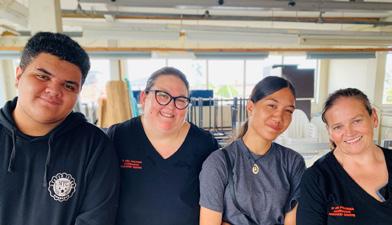
25 Tukutuku Kōrero
How is data better identifying learners in need of support at Massey University?
How is tech-collaboration transforming learning and opportunities for young people at Te Ara
building teachers’ digital skills sparking imagination in learners at Avonside Girls’ High School?
How are families with stronger digital skills better supporting children’s education with Digimatua’s Pacific community digital inclusion programme?
9 October 2023
Satellite for Schools transforming digital learning in remote locations
The Ministry of Education has commissioned N4L to deliver the Satellite for Schools programme, which is connecting eligible schools and kura across the motu who are experiencing challenges around poor internet connection.
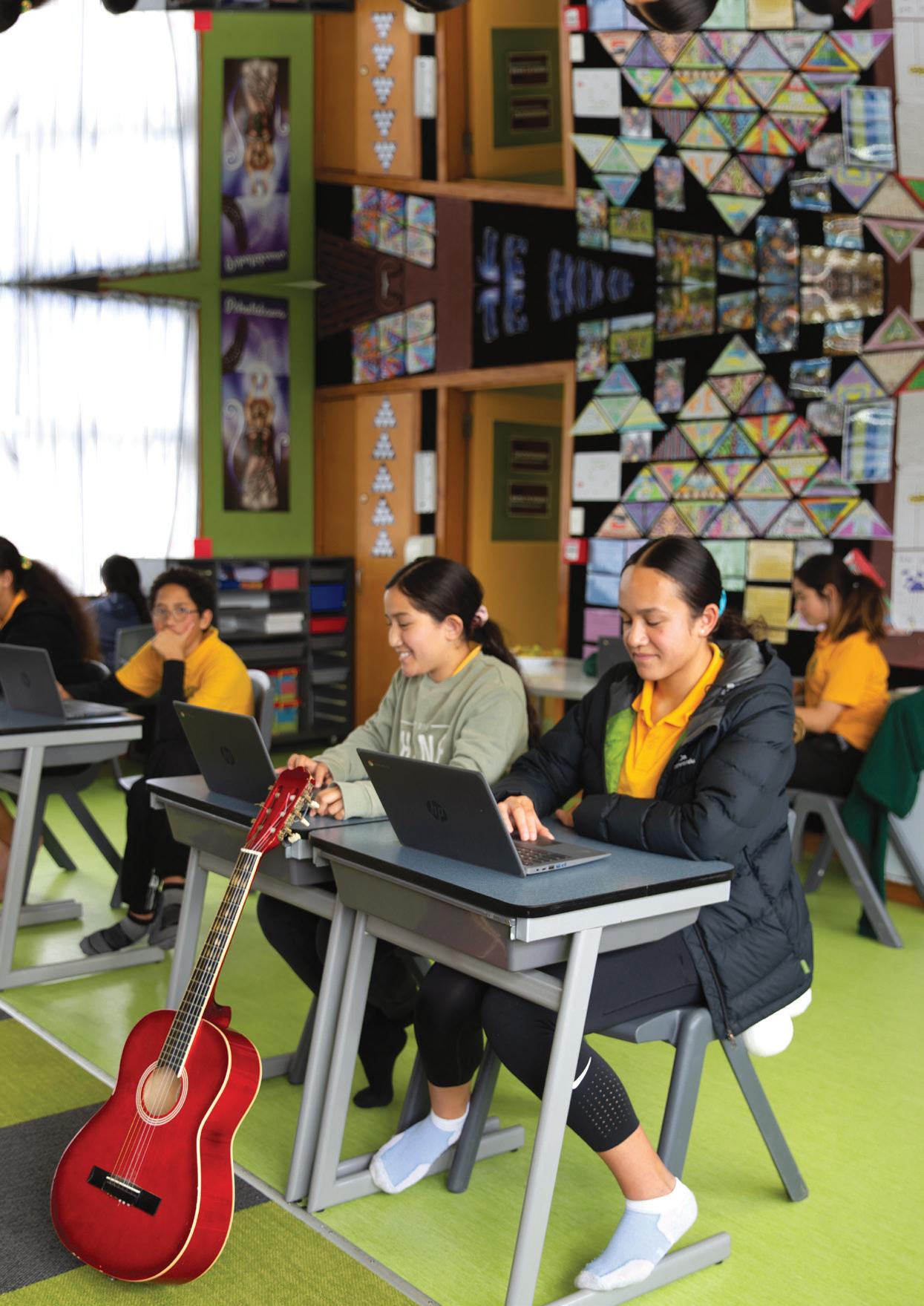
DIGITAL TECHNOLOGY
Te Kura Kaupapa Māori o Ngāringaomatariki students connect online via satellite technology.
Te Kura Kaupapa Māori o Ngāringaomatariki (TKKM o Ngāringaomatariki) is a kura that’s just 20 minutes’ drive from Wellsford, one of Northland’s major centres, and less than 100 kilometres from the Auckland Harbour Bridge. Yet despite its relative proximity, it was enduring consistently poor internet coverage.
A combination of its geography (the kura is located on a sloping bay on the shores of the Kaipara Harbour, at the end of an unsealed, potholed road), poor local coverage from communication towers and susceptibility to the area’s challenging weather meant it was hard for the kura to undertake even basic digital learning tasks due to their lack of internet connectivity.
Kaiako/tumuaki Reno Skipper jokes that Network for Learning (N4L), who provides internet and cybersecurity products and services to state and state-integrated schools and kura in Aotearoa, “probably had their own special book for us, because of all the times we’d called them for help!”
Thankfully for the kura – and many other schools and kura also experiencing poor internet coverage around Aotearoa – their calls have been answered with the launch of the Satellite for Schools programme, led by N4L in partnership with 2degrees.
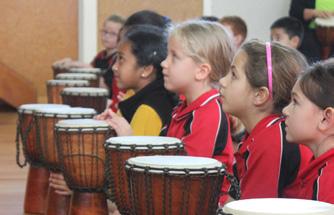
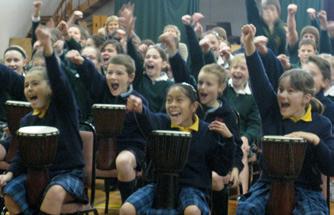

Better access
Connecting to satellite technology through a dish on their roofs, Satellite for Schools provides schools and kura like TKKM o Ngāringaomatariki with faster, more reliable internet and, ultimately, better access to digital learning.
“We’ve had major issues around the internet for a number of years,” explains Reno. “On occasions, we couldn’t even do our daily online roll. We wanted the tamariki to use their laptops here, but they were unable to.
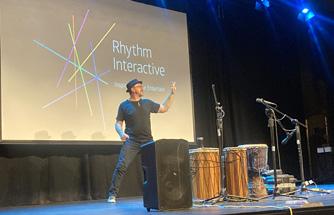
“We would only have been able to have one or two computers turned on in a classroom at any one time. We were teaching and trying to bring in different ideas and different resources that are available to us, but we couldn’t access them because we didn’t have good internet service. This was limiting our ability to teach the tamariki.”
There were health and safety concerns too. Poor internet coverage usually means poor phone coverage, and the lack of connection meant the kura might have been cut off from important contact with emergency services, or being able to contact parents, in emergency situations. The wild weather earlier this year was a stark reminder of how important this connection is.
27 Tukutuku Kōrero 9 October 2023
RHYTHM INTERACTIVE 20th
Let’s celebrate!
on a
journey
Receive 5 free drums when you book Rhythm Interactive for your School for 2023/2024. Fee special: $5 plus GST per student (min fee $1200 plus GST 240 students or less) Bookings and info: john@rhythminteractive.co.nz www.rhythminteractive.co.nz To receive the 5 free drums and reduced fee, bookings must be made before 30th November 2023.
Anniversary School Tour
The
ultimate interactive school drum show since 2003. Each student and teacher receive a hand drum to join
in
fun
of rhythm and music. A show geared to inspire, educate, and entertain.
Satellite for Schools kicked off in July with the connection of Okains Bay School, on the Banks Peninsula in the Canterbury region. Since then, more than 30 schools and kura across the North and South Islands have also been connected, with another handful scheduled for connection soon.
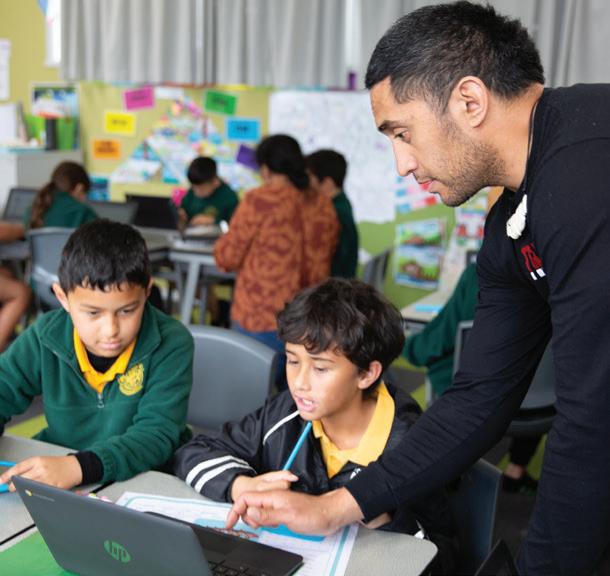
These schools also have access to fully managed, fully funded safety and cybersecurity products and services, plus support from N4L’s expert team.
Life-changing connections
TKKM o Ngāringaomatariki has students across Years 1 to 8 and is the only full immersion school between Auckland and Whangārei. They currently have 51 students on the roll. Most of the learning at the kura is in te reo Māori and focuses on te ao Māori perspectives.
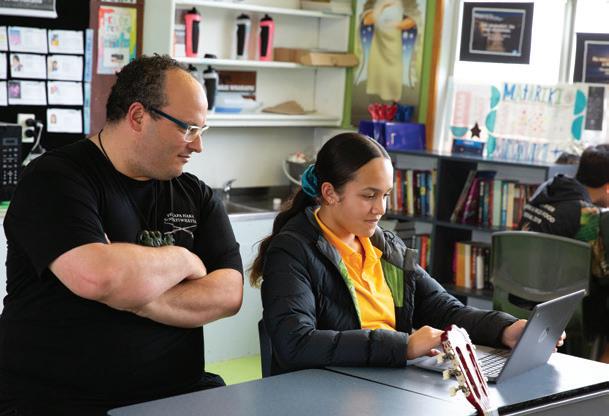
Reno describes the kura receiving Satellite for Schools as “life-changing”, describing how it’s helped facilitate a more supportive and engaging learning environment.
“Even just in the space of two months, it’s made a huge difference to how we’ve been able to teach. We’ve purchased subscriptions to maths programmes that we couldn’t use before. We’re able to share the stories of the work that our kids are doing live, through parents logging in remotely.
“In August, we invited other schools here for an English speech competition and we broadcast it on Facebook Live. We’re now able to use the technology to its full extent.”
Just recently, the whole kura travelled to Ōtautahi (Christchurch) to study the local iwi and their stories. In term 1, ākonga studied stories from their own whānau, in term 2 they looked at stories from the hapū in their area and in term 3, they looked at stories from different iwi.
The trip to Ōtautahi was an opportunity to build on the latter. Many ākonga had never been on a plane before or been to Te Waipounamu, the South Island.
“It makes a huge difference to be able to research online. For the Christchurch trip, they looked up things like the earthquakes that happened, and common stories, where we didn’t have that ability before. In another class, they were doing research about different landmarks and different facts about Christchurch and the surrounding areas.”
Although it’s only been a month, Reno says they have noticed a huge difference in the engagement of ākonga.
“Now they’re able to take ownership of their own learning, so that’s exciting for us. They’re now able to research cultures and that’s actively progressing their learning. They’re now using technology to advance their own skills.”
Read more about Network for Learning at n4l.co.nz.
28 Education Gazette gazette.education.govt.nz
“Now they’re able to take ownership of their own learning, so that’s exciting for us. They’re now able to research cultures and that’s actively progressing their learning. They’re now using technology to advance their own skills.”
Reno Skipper
Kaiako/tumuaki Reno Skipper says the programme has helped facilitate a more supportive and engaging learning environment.
Students at Te Kura Kaupapa Māori o Ngāringaomatariki explore online resources with their teacher.
Kia tuihono tō ako ki te Kura Raumati. Study online with Te Kura Summer School. Don’t let a few NCEA credits stop you from going on to further study, training or employment in 2024.

Registrations open November 2023.
We warmly invite schools to work in partnership with us. Please email summerschool@tekura.school.nz to enquire.
Tāpiri ki ō whiwhinga
i
raumati
NCEA
te
Top up your NCEA credits
Te Aho o Te Kura Pounamu
www.tekura.school.nz/summerschool
0800 65 99 88 |
Twirling the taonga of histories and culture in Tāmaki Makaurau
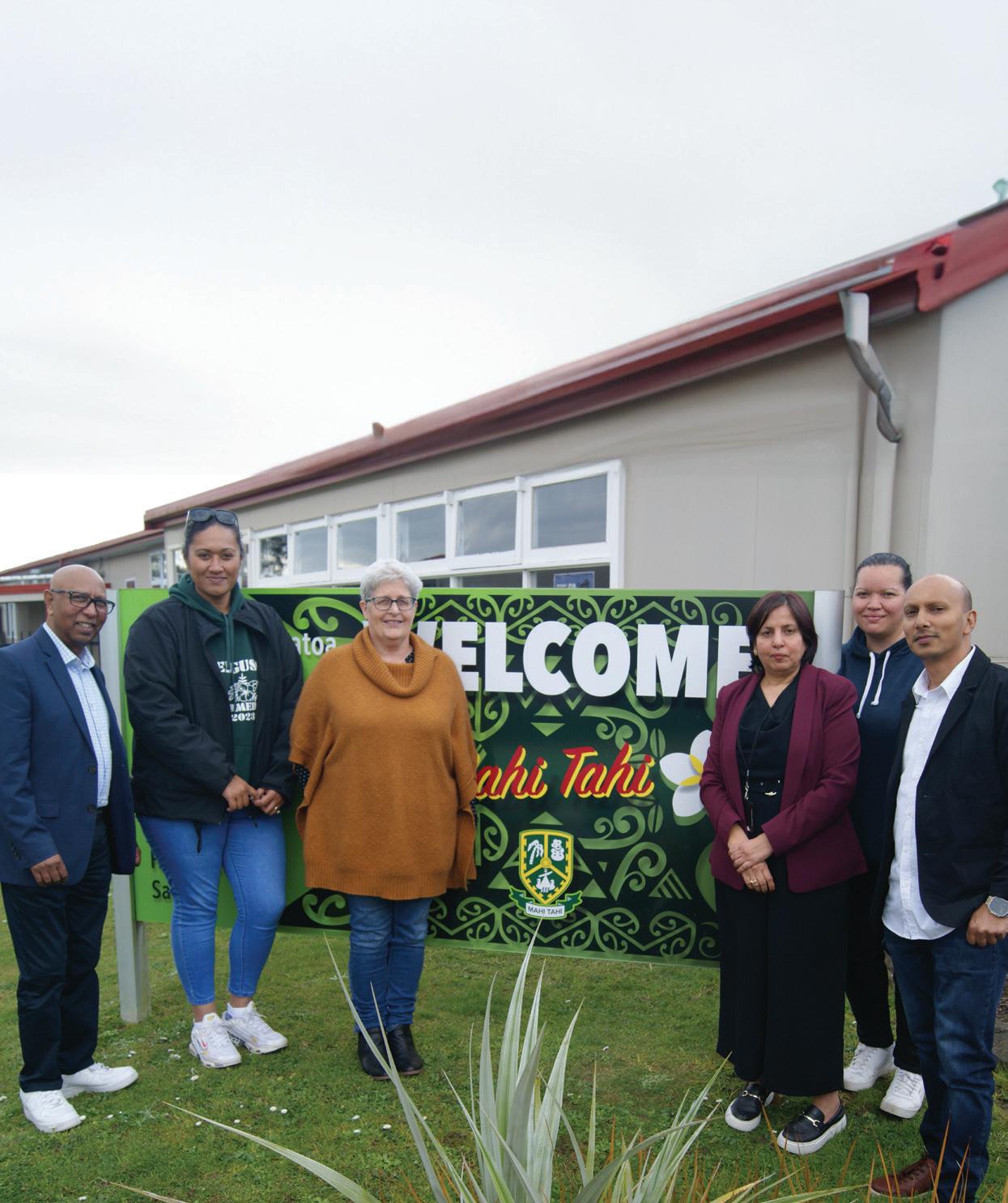
The power of histories, shared stories and pūrākau, collaboration and culture twirled together at a Teacher Only Day event in Tāmaki Makaurau in term 3 – culminating in the twirling of one of our nation’s taonga recently seen in football stadiums across Australia and New Zealand: the poi.
Understand, Know, Do
For all learning areas within Te Mātaiaho | the refreshed NZ curriculum, there are three elements: Understand, Know, and Do
These elements are not separate, and they are not in sequence. Weaving them together ensures that learning is deep and meaningful and supports ākonga to use it for informed decision making and action.
Understand: At the heart of each learning area is a unique set of big enduring ideas that all ākonga can relate to and access.
Know: Contexts enable the illumination of these big ideas and bring them to life.
Do: Ākonga develop practices that enable them to think and act as ‘experts’ within each learning area and across the learning areas (eg, as an artist, a social scientist, or a storyteller).
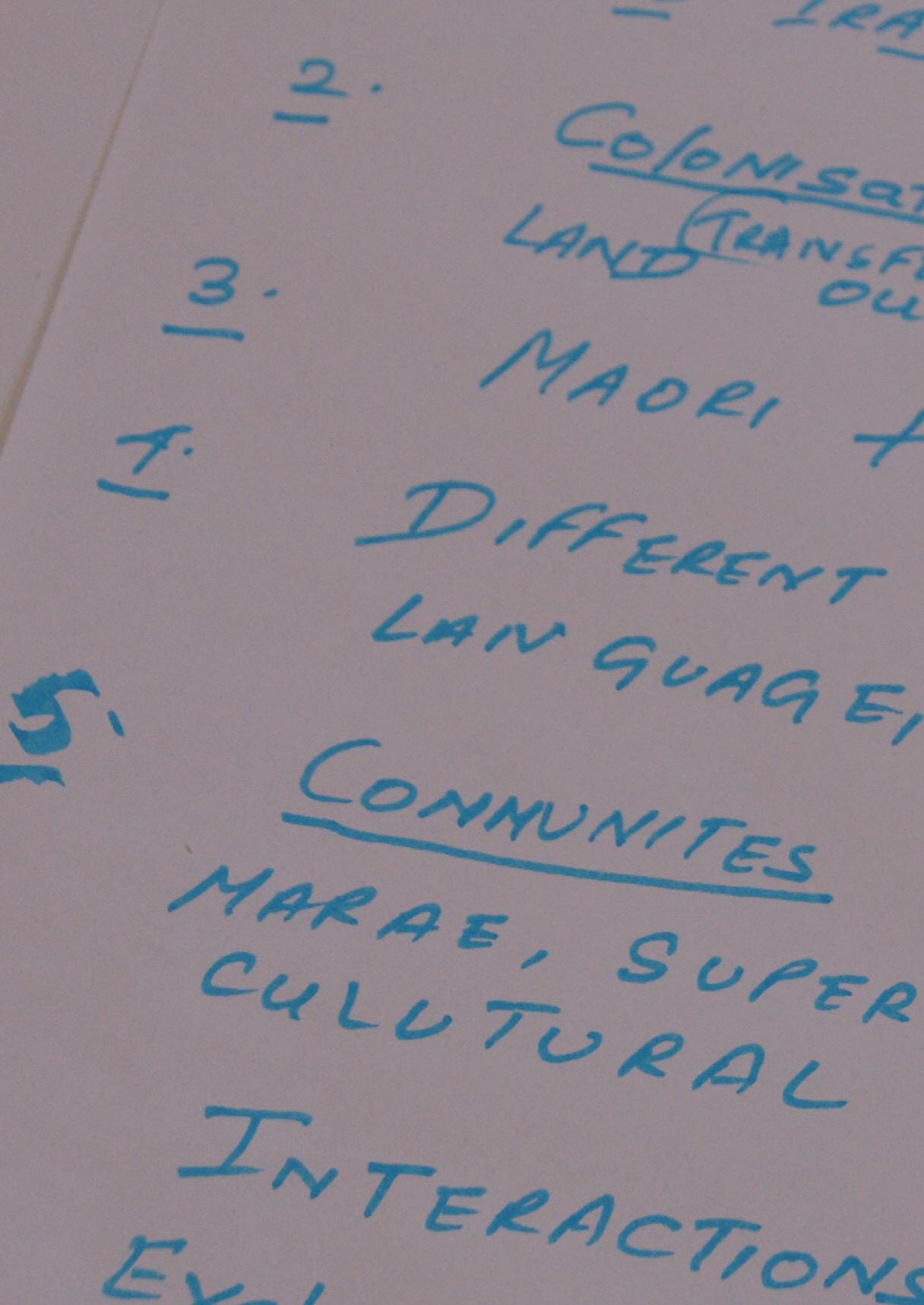
30 Education Gazette gazette.education.govt.nz
CURRICULUM
From left: Ferguson Intermediate principal Ronnie Govender, deputy principal Fuatino Li’aifaigā, educator Jude Parkes, curriculum lead Renu Sikka, kāhui ako across-school lead Miriama Cameron and fellow Ferguson Intermediate deputy principal Imteeaz Mohammed.
Me tiro whakamuri, kia anga whakamua. If we want to shape Aotearoa New Zealand’s future, start with our past. These words set the tone for a Teacher Only Day at Ferguson Intermediate School in term 3, which brought together six primary and intermediate schools, the Ministry of Education, Sport NZ, the National Library of New Zealand, Papakura Museum, and other agencies to unpack and give life to Te Mātaiaho | the refreshed NZ curriculum.
Also setting the tone was opening keynote speaker Graeme Ball, NCEA implementation facilitator for Tāmaki Makaurau Auckland. His impactful and engaging address tackled ‘Te Tiriti-honouring curriculum – understanding colonisation and its impact’.
“It’s essential to learn about the process of colonisation, what the impacts are of that today, and how that came to be.”
The former chair of the New Zealand History Teachers’ Association, Graeme was involved in writing the Aotearoa New Zealand’s histories curriculum. He shared his thoughts on the importance of this mahi.
“I personally believe that most New Zealanders are fair people and if they knew more about this history it would make them think more about the issues of today and think more about where we are going as a society.
“An important part of this is not to attach blame or shame or guilt to anyone today around this. Nobody here today was there, nobody here did this. But once we have the knowledge, as educators, it’s incumbent for us to look at how we address the imbalance that exists because of historical issues.”
Unpacking history
Embedding the new curriculum into classroom learning was a major focus of the day, and Renu Sikka, a curriculum lead for the Ministry, delivered a resource-rich talk. After opening with a karakia gifted by Dr Wayne Ngata and eminent experts in mātauranga Māori, Renu described Te Takanga o te Wā and Aotearoa New Zealand’s histories as being “the first cab off the rank” for Te Matāiaho | the refreshed curriculum and redesigned Te Marautanga o Aotearoa.
The new Aotearoa New Zealand’s histories content
Prepare for your November Teacher Only Day
is integrated into the refreshed social sciences learning area. There was a requirement for schools to implement the content at the beginning of 2023. However, the requirement for the implementation of the rest of the refreshed curriculum is the beginning of 2027. The exception to this is the refreshed mathematics and statistics and English learning areas, which are required to be taught from 2025.
Together, Aotearoa New Zealand’s histories within the refreshed social sciences learning area encourage ākonga to be critical citizens – learning about the past to understand the present and prepare for the future.
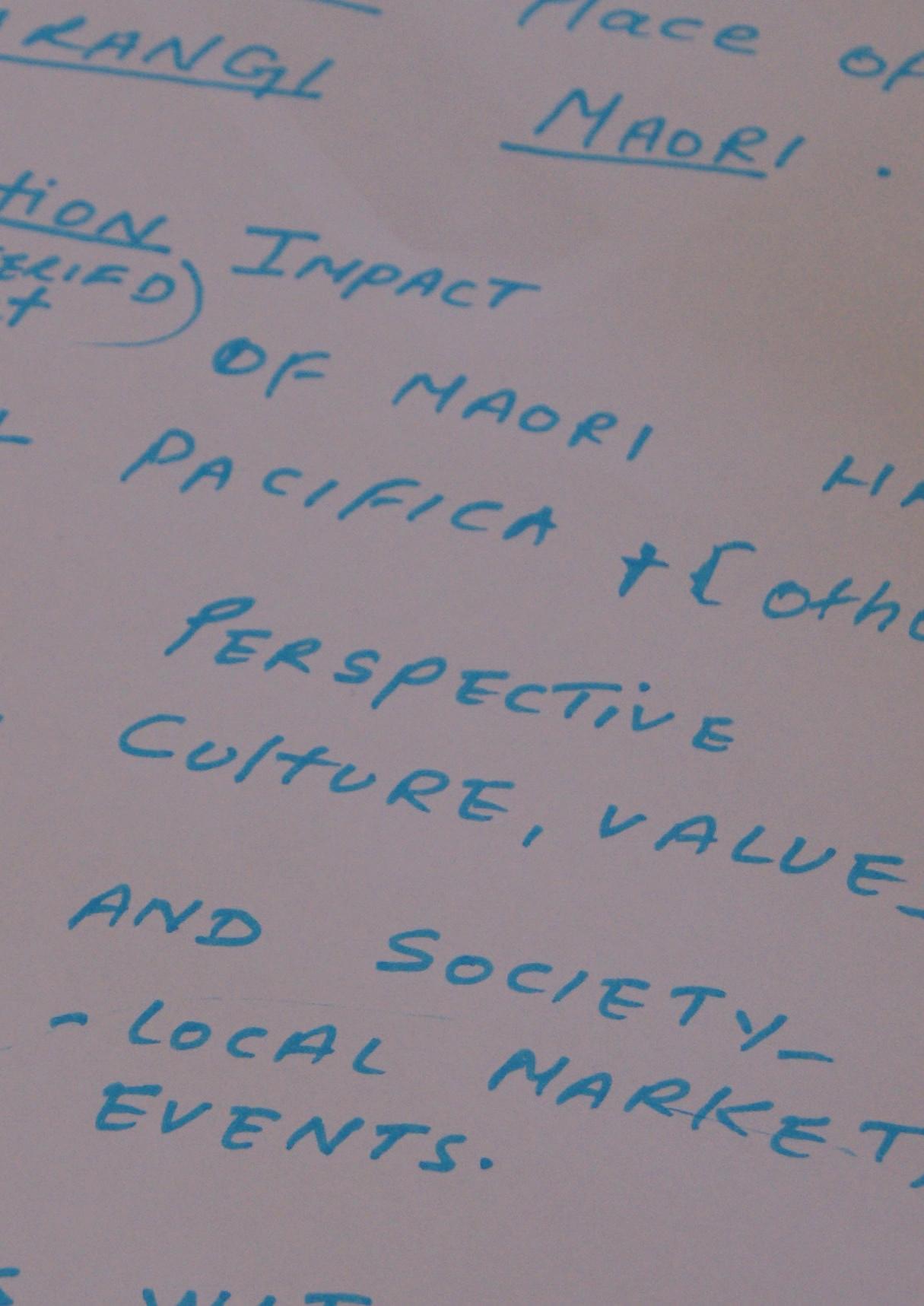
“It is the first step on a bigger journey,” Renu told educators, “and this has been designed to be easy, clear, and inclusive.”
Renu addressed the question of how these educators should bring the refreshed curricula into their school, introducing film footage of Professor Wally Penetito.
“Begin where your feet are,” he advised, as a starting point for place-based history education. “Start with what you know.”
Wally reminded the room, “History isn’t just about books. A big part of this, for Māori, is storytelling; pepeha, kōrero, exchanging views, being on a marae and learning about what’s going on there.”
Using the new Oho and Ata resource box kits stimulated conversation around personal histories and how educators may lead with these to weave personal stories into their classroom learning. Prompt cards led to much sharing in small groups and with the wider school hall, about how these cards can generate authentic, meaningful discussion.
One session participant reiterated how our past informs our present and our future, sharing, “If you don’t know your past, you don’t know who you are and you don’t know where you are going.” While another shared on the inquiry topic question, “What makes Ōtara, Ōtara?”
Robyn Wills of Wymondley Road School told how her class had been looking at history, but with an environmental twist.
“We put a recycling lens onto this by looking at the history of packaging, and how we got to the stage of using all the plastic packaging these days.
Te Poutāhū is supporting schools and kura to run their second (of four) curriculum, assessment and aromatawai change Teacher
Only Day, which will be held between Monday 13 November and Friday 24 November 2023.
These days give schools and kura time to understand and prepare for the various curriculum, aromatawai and assessment changes.
A wide range of online resources are available to help schools and kura make the best use of their day.
Visit temahau.govt.nz/teacher-only-days-2023-2024.
31 Tukutuku Kōrero 9 October 2023
We went way back in time to what was used before plastic, and this led to us asking what action we could take, by using all this knowledge of the past and how things were done in times gone by.
“It also led to some fascinating debate around the effects of plastics on our environment. One child told the class that we can’t use plastic because it kills turtles. He was so engaged and passionate, and this led to further learning.”
Te Puke ō Taramainuku Kāhui Ako across-school leader Miriama Cameron said, “I think it’s great that we can finally talk about the history of New Zealand without it being a scary subject or a taboo. We are bringing more of Te Tiriti into the classroom, and it’s being recognised.”
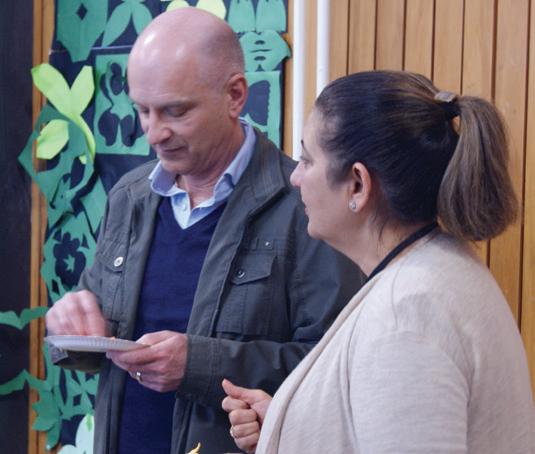
Renu suggested inquiry be based around three pillars – participation, perspectives, and power.

“While using the new curriculum framework of Understand, Know, Do when planning and exploring rich inquiry topic ideas, use the social science pedagogy to help: participation is about people and groups working together; multiple perspectives and how they can change over a period of time; power –who holds the power? Is it fair?”
Power of poi
The practical session that followed proved popular and was the source of some playful performances and shared joy.
Off the back of the FIFA Women’s World Cup Australia and New Zealand 2023, Taku-Anne Jones, Poi Tukua project lead for Sport NZ, led a poi making challenge which brought high energy to the room.
Taku-Anne shared her experience of helping fill stadiums across Aotearoa with twirling poi for the global sporting event throughout July and August this year. She is now tasked with introducing the power of poi to more classrooms in Aotearoa.
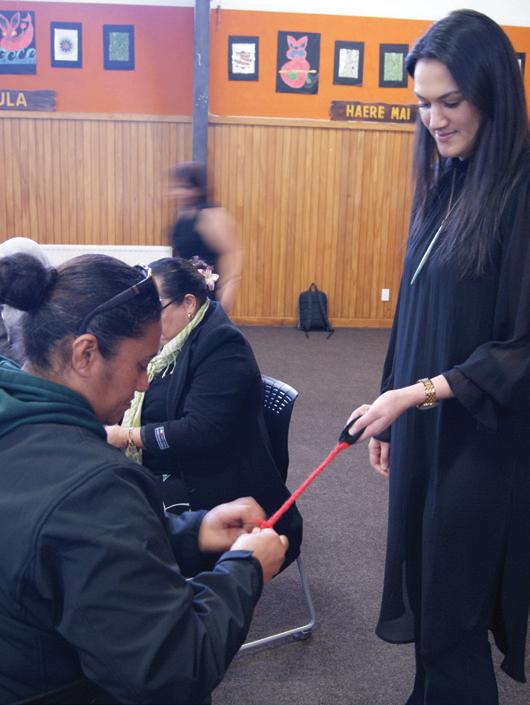
“I like to think of poi as one of the taonga we bestow on the rest of the world. It’s been beautiful to see stadiums full of poi during the FIFA Women’s World Cup 2023 and to know that they’ve been seen all over the world. We already have the haka as a well-known taonga, now the world has seen we also have poi.
“People love culture. With such a large audience from overseas, creating a rich cultural experience for people during this global event was of the utmost importance. And it was not only about sport, but it was also about uplifting all wāhine toa. Poi was a beautiful, visible, powerful way to do this.”
Taku-Anne shared poi making resource kits with educators, each tasked with creating their own poi and asked to deliver a group performance with their
Top: Taku-Anne Jones, Poi Tukua project lead for Sport NZ, led a poi making session.
Middle: Speaker Graeme Ball in conversation over morning tea.
Bottom: Chapel Downs Primary School deputy principal Emily Mason engaged in an authentic learning experience making poi, while learning about its whakapapa and significance.
nearby co-creators at the end of the session.
Step-by-step instructions were given, with materials and music also provided. Then came some colourful creations and energetic dance moves.
A highlight was Ferguson Intermediate’s Matua Eddie and his group’s little and large ‘Pāpā and Pēpē Poi’. Eddie said, “It’s been a lot of fun, today. Imagine how much the students are going to enjoy doing this activity!”
Deputy principal at Ferguson Intermediate Fuatino Li’aifaigā was pleased to have so many educators sharing knowledge and learning at her school.

“A lot of the feedback that I’ve heard today has been that people have really enjoyed the day. It’s been a great collaboration between the contributing schools and the Ministry of Education.”
Ferguson Intermediate educator Jude Parkes concludes, saying, “There has been a wealth of knowledge shared by experts and it’s culminated in a successful event. And, importantly, it’s been fun.
“I think that’s what staff and students need to have!
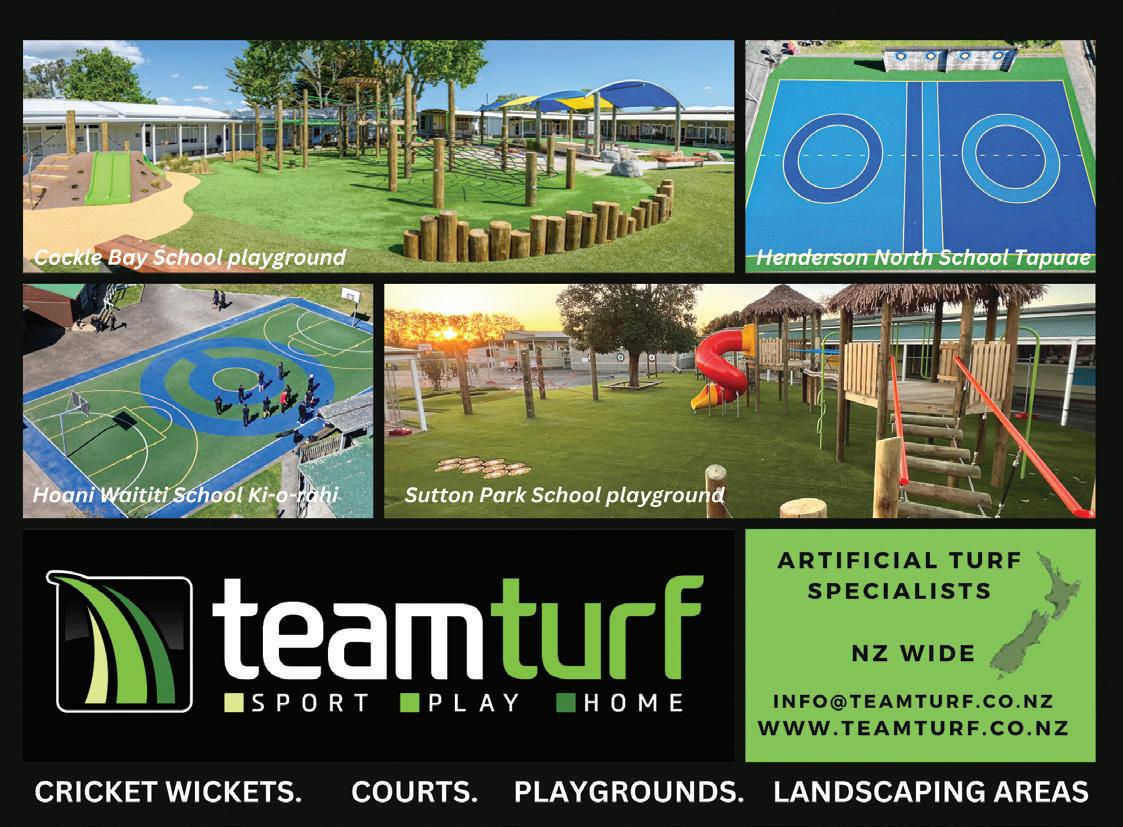

33 Tukutuku Kōrero 9 October 2023
When you’re having fun, that’s often when you’re most open to learning.”
Vaoesea Ieru with her poi.
Pacific students empowered by community-run homework study centres
Pacific community groups in Hamilton are facilitating homework study centres for Pacific learners, with the view of expanding their knowledge and boosting their confidence in classrooms.
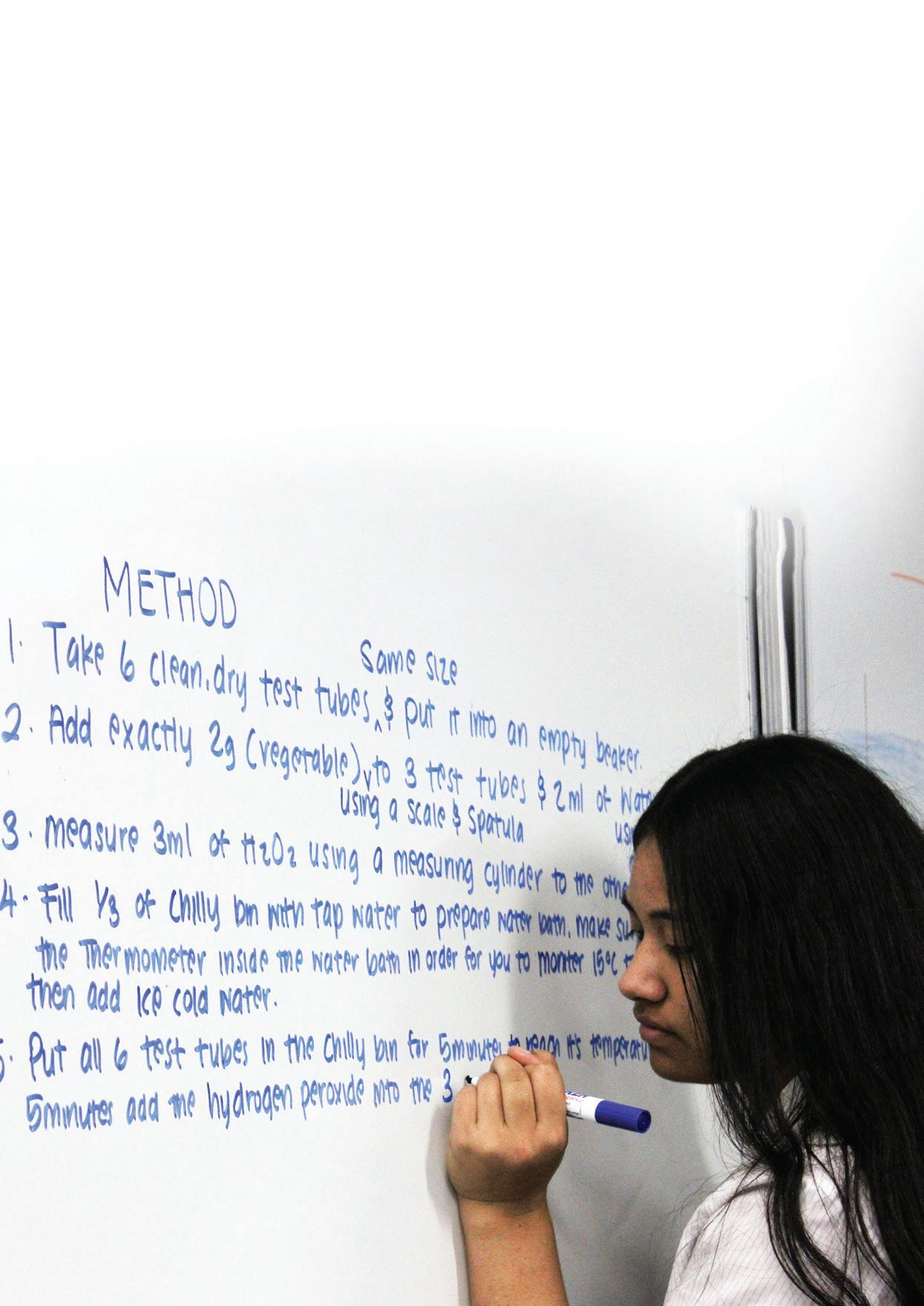
34 Education Gazette gazette.education.govt.nz
PACIFIC
EDUCATION
Pacific learners at Malamaatu STEAM Academy are empowered to take the lead in their academic pursuits.
For many Pacific learners, the preservation and celebration of their language, culture and identity are not just matters of heritage, they are crucial elements that contribute to their holistic wellbeing, academic success, and sense of belonging.
Pacific community groups in Hamilton have been fostering these elements in their weekly evening homework study centres for Pacific learners. Parents and their learners from different schools, backgrounds and walks of life unite in a shared passion for academic excellence.
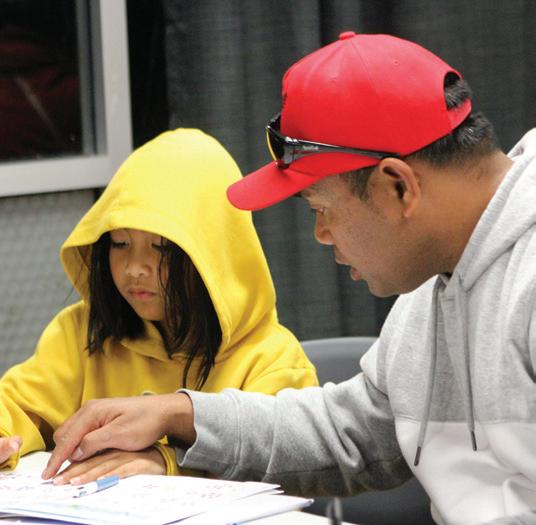
We visited four Pacific homework study centres in Hamilton – Malamaatu, a STEAM academy led by Dr Sangata Ana Kaufononga and Tevita Kaufononga under the Waikato Tongan Community Charity Trust; Kaukauola Study Programme (KSP) managed by Veitomoni Siufanga; and centres led by the Fijian Society Community and Kiribati Waikato Association Incorporated – to hear about the power of community and the pathway that Pacific focused learning environments create for success in education.
A model example of community
In the vast expanse of the Pacific Islands, a tapestry of diverse cultures and communities are interwoven by many shared values, one of which is collectiveness.
In the context of homework study centres, the Pacific value of collectiveness finds a natural and powerful expression. These centres, designed to support students in their academic pursuits, embody the essence of collectiveness by fostering an environment of collaboration, shared learning and mutual support.
“This homework centre has been running for several years, it was a true labour of love for our aunties who started it with their own money. To me they’re the model example of community. They started this and we’ve now carried it on,” says Naomi Vuataki, a parent and volunteer at the Fijian Society Community’s homework centre.
The homework study centre, which has preschoolers through to secondary students in attendance, has been a vital vessel for the Fijian community in Hamilton to further invest not only in the education of their learners but also in their identities as Pacific youth.

“The sociality aspect of this homework centre is so important, when they [the learners] come together they bond – they’re building their own community. They’ll start helping each other out, being here is encouraging that relationship to form organically, we know that our Pacific kids need that. They need a little bit of fun, they need to feel welcome, they need to have pride in their identity and the learning happens alongside that,” Naomi says.
Naomi emphasises that the active engagement of parents in the homework centre has only strengthened their efforts in providing for their learners. “Our parents all help, whether or not they serve on the committee.
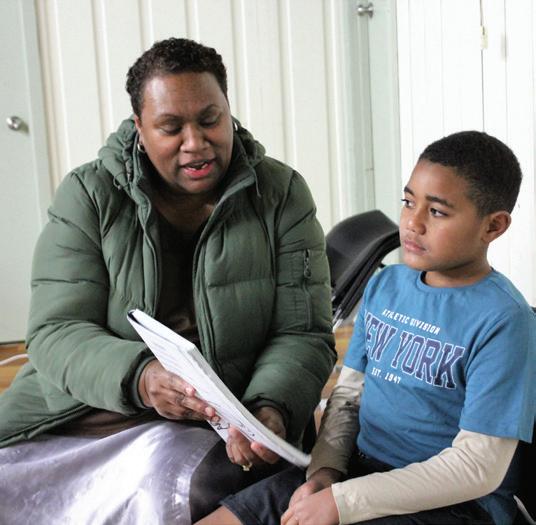
9 October 2023
Top right: Parent volunteer sharing their cultural knowledge with young learners.
Middle right: Preschoolers at the Fijian Society Community homework centre enjoy their Vosa Vakaviti class.
Bottom right: Parent volunteer at Kiribati Waikato Association Inc homework centre supporting one of the many young learners in attendance.
They’re always pitching in to help in the kitchen or they’ll sit in the classes with the kids, so it’s a whole community effort and I know that’s the key to making this [homework centre] work well.”
The Fijian Society Community hopes that the homework centre encourages their learners to stay true to their roots, their communities, and their aspirations. Naomi concludes, “We want to put all our effort into shifting our kids out of negative narratives and statistics, so that they become better and stronger than those who have come before them. We do it while being proud Fijians.”
Sense of belonging
Students attending these homework centres say that they aren’t just for schoolwork, they also serve as safe spaces where they feel accepted and important. This in turn has boosted their confidence and motivation in their studies.
Year 11 student Kolinia, who is attending the weekly STEAM Academy held at St John College called Malamaatu, says, “Just having other Pacific Islander people here makes you feel as if you’re home, you feel more welcome, and you just feel more comfortable and in a safe space to grow and learn.”
Lavelua, Year 12 student, also feels the difference in the way these learning environments have affected her approach to learning.
“It’s different to learning in school because we feel more bonded together as Pacific Islanders, we feel more comfortable to seek help compared to school where we just stay quiet and keep to ourselves.”
Malamaatu, a homework centre that primarily focuses on science and mathematics subjects at secondary school level, has seen the number of Pacific students attending almost quadruple despite only being established this year.
Teacher and volunteer Harnesh Prasad says that he has seen positive improvements in his students’ work because of the environment and opportunities that Malamaatu provides.
“They’re not getting the same out of the opportunity that they get in usual classroom situations here because they are usually a bit too shy or not confident enough to
ask questions. But here [Malamaatu], I’ve noticed that they speak up more because they’re comfortable.”










The centre has instilled a sense of assurance in its students, motivating them to pursue their academic aspirations in STEAM fields with confidence, not only through their teachings but also in their name.
“Something I really enjoy about this homework centre is the message in the name, it’s called Malamaatu and to me I feel like I use it as an encouragement,” Kolinia says.
“Malamaatu means, for me, to shine bright wherever you are, and I feel like shining bright within this academy means to use the wisdom that these tutors have taught you, [the schoolwork] that your peers have helped you with, so that wherever you go you shine bright.”
Students and parents learning together
Kaukauola Study Programme (KSP), a homework centre established in 2010, has been moving from strength to strength over the years, supporting over 70 students who attend in person and a further number of learners who attend tutorials online from across the country.






The centre’s mission is to empower Pacific learners to reach their full academic potential and to encourage effective parental engagement practices. KSP runs regular parent workshops to help support their roles in educating children.
KSP manager Veitomoni Siufanga says that having the parents present at the centre, whether it be through preparing warm healthy meals for the kids or assisting with their Education Perfect online lessons, all contributes to the success of the learners and the centre.
This same notion is also shared by the homework study centre run by the Kiribati Waikato Association Incorporated, which only established itself earlier this year.
Their homework centre currently has over 50 students attending. They have found that parents’ engagement with their kids’ learning at their centre has taught them more about the schooling system in New Zealand.
“We’re not only helping the kids here, but we’re
36 Education Gazette gazette.education.govt.nz
also helping to educate the parents too. Our parents don’t all speak English fluently, so having them come here with their kids has helped with their understanding of the school curriculum and what level of learning their kids should be achieving for their age group,” says Beniteti Robuti, president of Kiribati Waikato Association Incorporated.
Karokoua Kareaua, who is a parent of four students attending the Kiribati community homework centre, says that he was elated when he heard the news of the centre being established.
“I’ve seen here [at the homework centre], that this is the main foundation for my kids and as a dad I’m supportive of my kids’ education and will do what I can to help them achieve their goals.”
Brighter opportunities for the future
Presently, these homework centres have been supported by the Ministry of Education Pacific Education Support Fund. However, in discussing plans to sustain their efforts for the future, homework centre leaders express unwavering confidence in their community’s ability to collaborate and ensure the continued success of these centres.
“If you run something that you know is very useful for your community, you want to run it permanently. So, our big goal for the future is to find our own space for the homework centre,” says Beniteti.
Many of the attending students, parents and facilitators all believe that this extra care in education will only light a brighter pathway for Pacific success.
“I know this kind of programme contributes a lot to the future of our kids and I’m hoping that it just gets bigger and bigger,” Karokoua says.
Investing in teachers’ curriculum content and pedagogical content knowledge is how schools are afforded with consistent and sustainable ways to effectively enact the curriculum knows and dos through a balanced programme and best practice Our work protects kaiako from the ever-changing goal posts of what to teach, how to teach and when to teach through developing teacher confidence that compliments schools’ current programmes, local curricula, practices and strengths.
We have a growing network of over 220 schools across Aotearoa in bespoke PLD or as part of our TLF maths capability clusters. Our cluster series comprises 4 in-school workshops and 8 webinars over a recommended 3-year period.
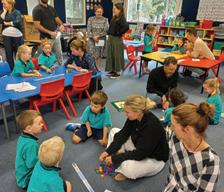

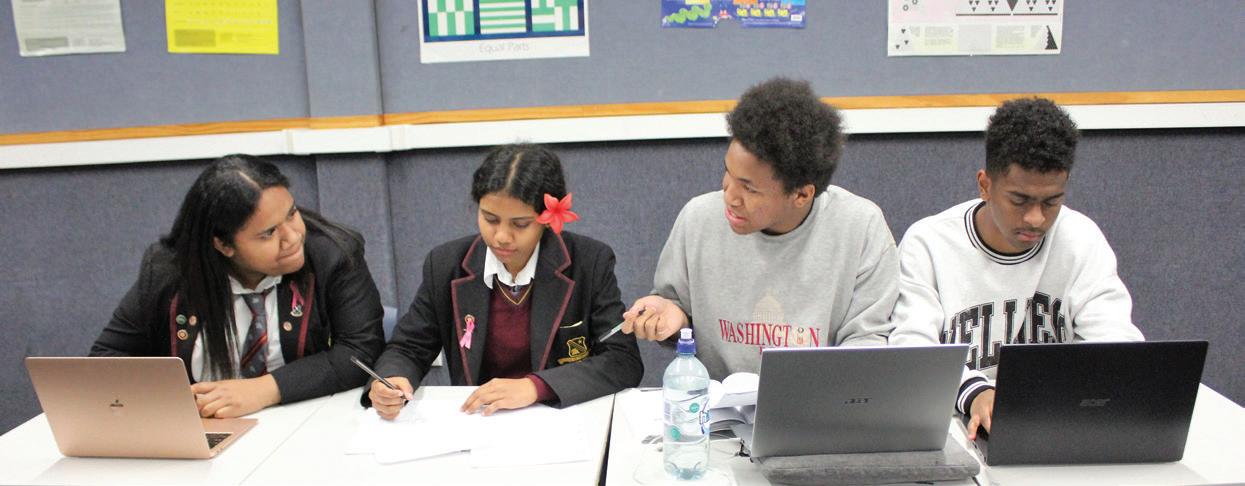
• Year 1: Developing rapid and rich routines
• Year 2: Designing and delivering open and unfamiliar tasks
• Year 3: Developing assessment capability across all strands of maths
Together we can create the right experiences and the right conditions for making maths enjoyable and accessible for all our tamariki.
To learn more, please contact Rob Proffitt-White and the TLF team at maths@thelearnerfirst.com
37 Tukutuku Kōrero 9 October 2023
“It’s different to learning in school because we feel more bonded together as Pacific Islanders, we feel more comfortable to seek help compared to school where we just stay quiet and keep to ourselves.”
Lavelua, Year 12
We make a difference by making maths real for youyour conditions, your learners
Pacific learners from different secondary schools working together on their homework at Malamaatu STEAM academy
 Flat Bush Primary School student eagerly speaks to 1News reporter Kim Baker Wilson.
Flat Bush Primary School student eagerly speaks to 1News reporter Kim Baker Wilson.
Voyaging to a digital future at kāhui ako STEAM festival
From holograms to battle bots, Ferguson Intermediate School had 15 experiential learning zones set up ready for their Te Puke
ō Taramainuku Kāhui Ako STEAM festival in September.
Te Puke ō Taramainuku Kāhui Ako is a cluster of schools consisting of Tangaroa College, Ferguson Intermediate, Flat Bush Kindergarten, Flat Bush Primary School, Sathya Sai Preschool Rongomai, Rongomai School and Fetu-i-Sasa’e Aoga Amata EFKS East Tamaki.
The core focus of their STEAM festival was “connecting Māori and Pacific learners with the tech sector: navigating through our digital future”.
It provided a unique and exciting opportunity to connect ākonga directly with STEAM providers and help increase their knowledge and interest in STEAM subjects.
There was a buzz of excitement as groups of ākonga started arriving at Ferguson Intermediate School for the festival. Each school was greeted by Te Puke ō Taramainuku Kāhui Ako lead principal, Banapa Avatea and the MCs from Tangaroa College, Sam Matua and Elizabeth Samau. They encouraged ākonga to have fun and take their time exploring each of the learning zone stalls dotted around the school.
“All I want is my children to have the opportunity to lead the best possible life that they can, and school is a real powerful way of making that happen. Now, we know the world is moving and shifting and changing at a speed that, for most of us, is uncomfortable. We need to make sure that our children are comfortable,” says Banapa, who is also the principal of Flat Bush Primary School.
Co-design
The event was designed in partnership with ākonga (Years 6 to 10) so it would reflect their aspirations and help achieve STEAM equity in South Auckland.
Prior to the event, there was a co-design hui with ākonga where they brainstormed what their aspirations for Ōtara were and what challenges the community were facing with possible solutions.
One of these innovators is Ōtara artist-technologist Iokapeta Magele-Suamasi, co-director of I.M-S ARTS and cofounder of creative tech series ŌTARA 4.0.
In the build-up to the festival event, Iokapeta worked with Pacific Kids’ Learning and the Media Design School to deliver primary and secondary school creative tech roadshows. As a trustee of Hillary House Leadership Centre, she also liaised
with Antarctica Heritage Trust based in Christchurch to bring their Hillary Hut VR experience.
“As an ex-pupil of Ferguson Intermediate, it’s surreal to be back at my alma mater to support the festival today. I wanted to bring the ‘A’ in STEAM today – Artful thinking!”
Her holographic art installation ‘Oxytocinlessness’ provided the stage setting for the day and she also helped at the ‘Ideas at Work’ hologram station, who are regular sponsors of her artwork.
Learning zones
Ākonga eagerly interacted at every learning zone throughout the day. At the Antarctic Heritage Trust stand, ākonga were given a VR headset and were able to use motion controllers that enabled them to have a virtual reality experience of being at Sir Edmund Hillary’s hut.
At MOTAT’s area, ākonga were shown how coding could make their battle bots victorious against each other.
‘Ideas at Work’ brought in New Zealand’s only ‘Holoconnect’ hologram box with motion tracking so that movements the tamariki were doing were replicated by a holographic character in real time. There were also 3D pens and robot soccer with OMGTech and Brain Play, robotics with Kiwibots, Lego with Bricks 4 Kidz, and eSports with Jain Tech. Drone Legends Aotearoa taught ākonga about safe drone flying in a fun way, and how drones can be used to solve community issues.
There were aircraft repair stations using basic tools that ākonga might have seen or used previously with the RNZAF School to Skies station.
A former Tangaroa College student who now runs S.H.A.D.E.S, a graphic art programme developed for schools, was there helping young learners with their drawing and colouring; this was a magnificent example of ākonga being able to turn their passions into a career. 3D printers were also available showcasing the wide range of items that can be produced.
The Media Design School had a virtual layout of family villages in Samoa and Pacific Kids’ Learning had a stopmotion making station where kids could also learn about the study options available at the design school.
39 Tukutuku Kōrero 9 October 2023
STEAM
Tangaroa College students and teacher Mafi Avo designed and created 3D models in partnership with ‘Vaka’, an organisation that creates the next wave of STEAM entrepreneurs.
Cultural visibility
A significant aspect of the event was cultural visibility. With many of the learning zones showing how to integrate culture into the technology and digital world, Banapa reminds us, “It’s no secret that our tīpuna were the original navigators of the Pacific, they were the original proponents of STEAM.”
Evo Leota-Tupou, founder of Pacific Kids’ Learning, was the third keynote speaker of the day.
“We are in the space to provide culturally relevant digital content. Young Pasifika Animators is one of the workshops that we roll out in schools. Because in the space that we work in, we are hugely underrepresented. So, there’s not enough of us or people that look like us, creating our story. And you would have seen the likes of Disney’s Moana. Are we really going to wait for the next Moana story to come out? Or can we create them ourselves?”
As each school prepared to leave ākonga were invited to return after school with their whānau to share the experience with them.
When asked about the importance of bringing families back to the event, Banapa shares, “It’s to give them a bit of confidence, to demystify what is mystifying by introducing them to some of the technologies that are coming in.”
Diversifying emerging industries
The festival inspired almost 500 ākonga and their whānau to explore cutting-edge technologies and made career pathways in science, technology, engineering, arts and mathematics more accessible to their community.
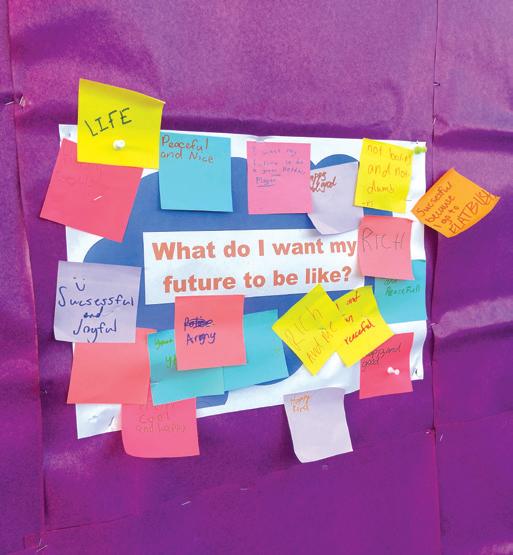
ŌTARA 4.0 applied for funding through the Ministry of Education’s Pacific Education Support Fund. The fund helped make this event possible and enabled STEAM providers to attend and connect with ākonga and members of the community.

Alongside keynote speakers who shared their experiences and knowledge, local community members shared kai and music.
Pacific learners and their whānau were shown how they can be the future of our digital and tech landscape, and events such as this are key to diversifying workers in emerging industries in Aotearoa.
It was a memorable and unique opportunity for Māori and Pacific learners to work with members of New Zealand’s fastest growing and highest paid sector to inspire them to become the next generation of tech innovators.
40 Education Gazette gazette.education.govt.nz
“You would have seen the likes of Disney’s Moana. Are we really going to wait for the next Moana story to come out? Or can we create them ourselves?”
Evo Leota-Tupou

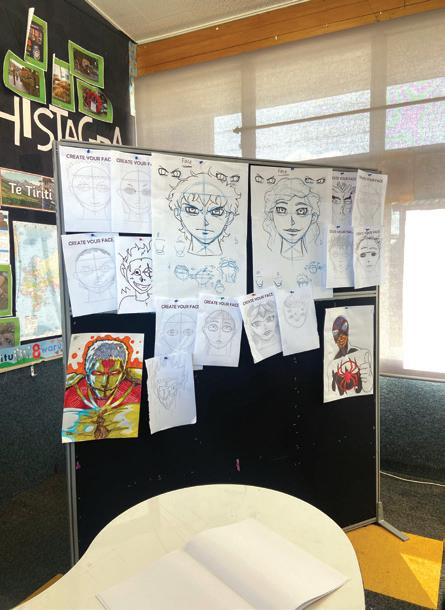
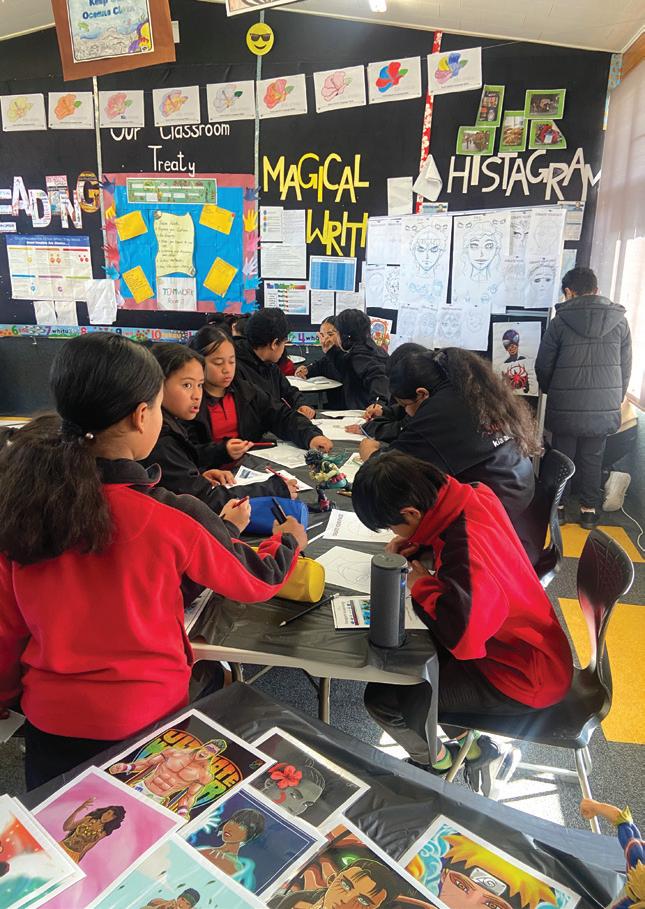
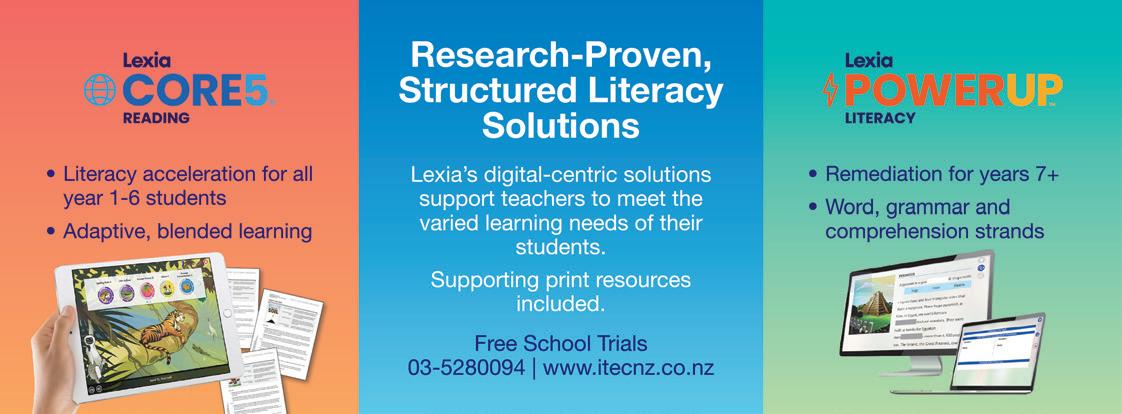
41 Tukutuku Kōrero 9 October 2023
Top left: Rongomai School student adds a sticky note next to the prompt “In my dream job, I work with...”
Bottom left: Ākonga across the kāhui ako added sticky notes around the prompt “What do I want my future to be like?”
Right: Ākonga engaging in the S.H.A.D.E.S and Drone Legends learning zones.
Education and Training Amendment Act 2023
The Education and Training Amendment Act makes important legislative changes for early learning services, schools, kura, the tertiary sector and wānanga.
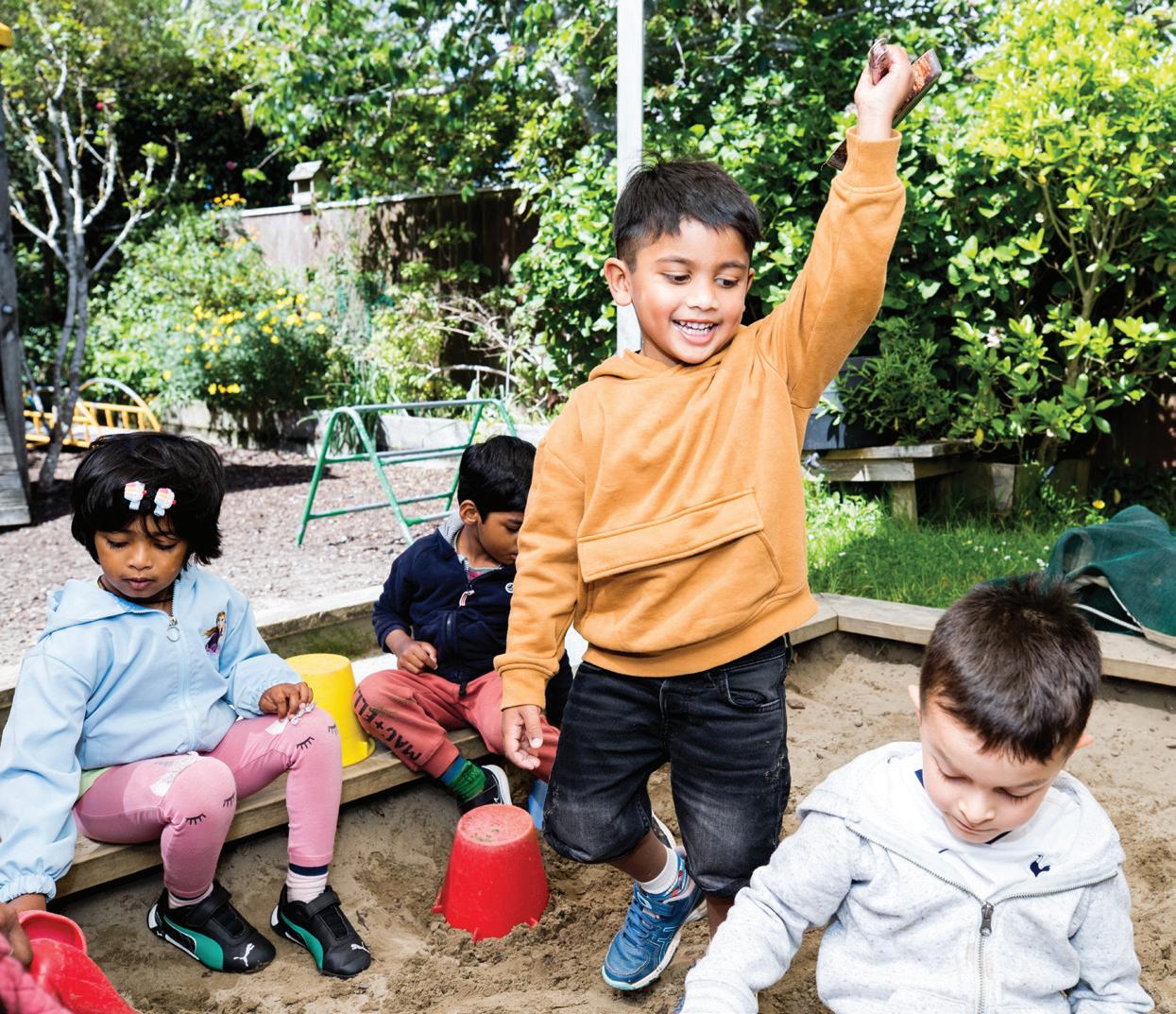
42 Education Gazette gazette.education.govt.nz
LEGISLATION
The Act clarifies police vetting for children's safety in early childhood education.
The Education and Training Amendment Act became legislation on 22 August 2023.
For early childhood education, the Act allows the Ministry of Education to disclose service-level early childhood education data held by Stats NZ to support development of a new equity index for early childhood education.
The new equity index will enable equity funding to be better allocated to support children from low socioeconomic backgrounds.
For early childhood education, the Act also clarifies police vetting of non-teaching employees and contractors by requiring employers to consider a police vet and assess any risk to children’s safety before an employee begins work or, in the case of a contractor, before they have unsupervised access to children.
When carrying out risk assessments based on police vets, ECE services will need to consider the guidelines provided by the Ministry of Education – these are available online.
For wānanga, the Act establishes an enabling governing framework for wānanga that better recognises the unique role that wānanga play in our tertiary education system and the Crown and wānanga Te Tiriti o Waitangi relationship.
Wānanga representatives were present at the passing of the legislation on 16 August 2023 to witness this significant action.
School boards and kura
Key Act changes for school boards and kura include strengthening school board eligibility requirements to ensure that a person convicted of an offence in Schedule 2 of the Children’s Act 2014 is ineligible to serve on a school board unless exempted by the Secretary for Education.
Changes also include:
» enable the Secretary for Education to conduct occasional audits on school board members to ensure eligibility requirements are being met
» shift the next mid-term school board election back to November 2023, reverting to the usual timing of the mid-term elections
» change the language in the board co-option criteria, including reflecting the genders, sexualities, and sexes of the school’s students and of the school community, and students with disabilities at the school and the school’s disabled community
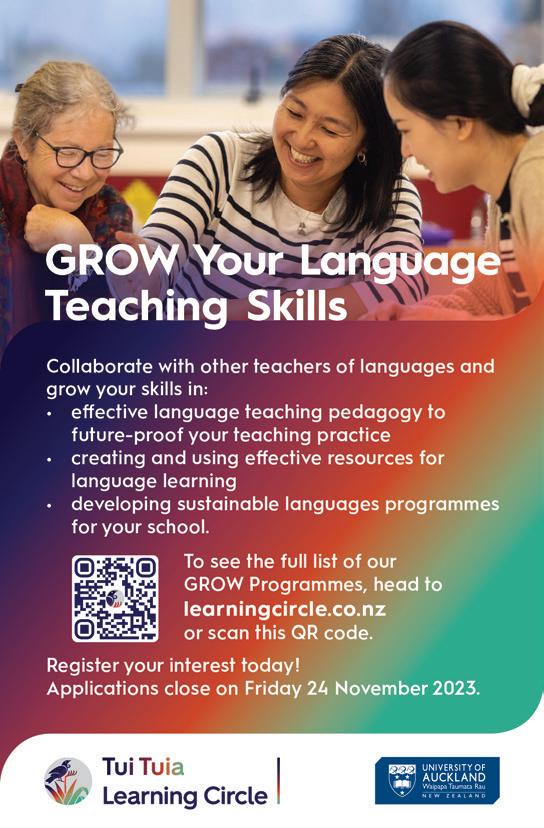
» allow schools to fill the student representative position on its board if a student is not elected in the September elections
» ensure schools consider police vets for non-teaching and unregistered employees and contractors to assess risk to the safety of children, including the guidelines provided by the Ministry, before they begin work or, in the case of contractors, have unsupervised access to children
» make a technical change to broaden regulationmaking powers so the Minister can specify when schools may be open and closed by notice
» separate the establishment provisions for Kura Kaupapa Māori and designated character schools, as they were previously.
For Te Aho o Te Kura Pounamu (Te Kura), the Act restricts the appointment of the chief executive (CE) of Te Aho o Te Kura Pounamu (Te Kura) to a term of up to five years, with the ability to reappoint for further terms.
This change is consistent with the terms for CEs of statutory Crown entities, tertiary institutions, and core government departments.
These legislative changes came into force on 22 August 2023, except for the school board eligibility changes which come into force six months later, on 22 February 2024.
43 Tukutuku Kōrero 9 October 2023
More detailed information is available at education.govt.nz. A copy of the Act can be found at legislation.govt.nz.
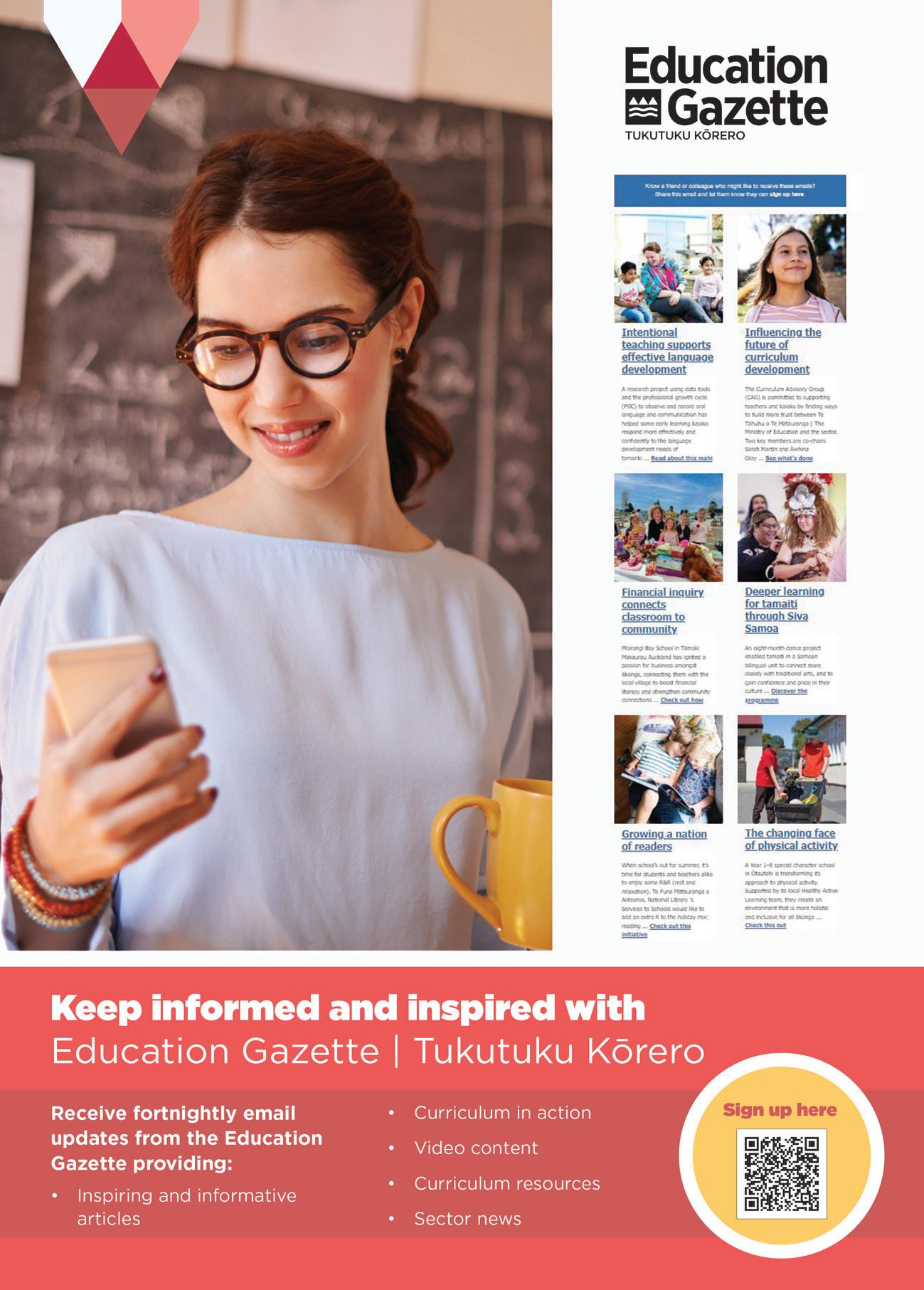
Te Takanga o Te Wā hei Tīrewa: Kia Whakaū
A programme to support the implementation of Te Takanga o Te Wā curriculum content.
Te Tāhuhu o te Mātauranga | Ministry of Education is offering a free, personalised PLD programme to support the implementation of the new Te Takanga o Te Wā curriculum content.
Available to kura, rumaki units, bilingual kura, kura kaupapa, kura-ā-iwi, wharekura and educational settings teaching in te reo Māori, the programme will explore the components of Te Takanga o Te Wā curriculum content within the new structure of Te Tīrewa Marautanga | the redesigned Te Marautanga o Aotearoa. Kaiako will unpack curriculum resources and learn about the shift away from achievement objectives to progressions of learning. It is also an early opportunity to begin engaging with the latest changes within the redesign of Te Marautanga o Aotearoa.
The programme will run for approximately 10 weeks and kura will be able to choose between a Term 4 2023 start, or a Term 1 start in 2024. To sign up, fill out our online form at: https://forms.office.com/r/f3cYacZRf7 or email: whakahou.marautanga@education.govt.nz
For kura who wish to start in Term 4, registrations close 13 October 2023. For kura who wish to start in Term 1 2024, registrations will close 10 November 2023.
Do you want support implementing Te Takanga o te Wā?
Te Tāhuhu o te Mātauranga | Ministry of Education is offering a free, personalised development programme: Te Takanga o Te Wā hei Tīrewa: Kia whakaū, to support kura and wharekura who are implementing Te Takanga o Te Wā curriculum content.

Kura will be able to choose between a start in Term 4 2023, or a start in a Term 1 2024. The programme will run for approximately 10 weeks. Register online https://forms.office.com/r/f3cYacZRf7 or email whakahou.marautanga@education.govt.nz
Term 4 registrations close 13 October 2023. Term 1 2024 registrations close 10 November 2023.
Education Gazette Publication dates 2024
46 Education Gazette gazette.education.govt.nz NOTICEBOARD
POU 0973 Te Takanga o te Wa 190x60_AW.indd 1 21/09/23 3:07 PM
ISSUE EDITORIAL ADVERTISING BOOKING DEADLINE VACANCY BOOKING AND ALL ARTWORK DEADLINE BY 4PM PUBLICATION DATE 103.1 12 January 17 January 29 January 103.2 9 February 14 February 26 February 103.3 1 March 6 March 18 March 103.4 21 March 26 March 8 April 103.5 12 April 17 April 29 April 103.6 3 May 8 May 20 May 103.7 24 May 29 May 10 June 103.8 14 June 19 June 1 July 103.9 5 July 10 July 22 July 103.10 26 July 31 July 12 August 103.11 16 August 21 August 2 September 103.12 6 September 11 September 23 September 103.13 27 September 2 October 14 October 103.14 11 October 16 October 29 October 103.15 1 November 6 November 18 November 103.16 22 November 27 November 9 December
Applications and referees’ reports due by 4pm, Thursday 2 November 2023.
Application pack or confidential inquiries to Stuart Myers, smyersmbl@gmail.com.
Tumuaki/Principal U5
Chelsea Primary School (Roll 396). Are you a dedicated educator looking to lead a vibrant community? Join our team, leading this excellent school in Chatswood, Auckland into the future. Contribute to a dynamic environment that fosters a love of learning and encourages curiosity in our ākonga.
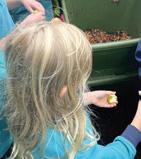
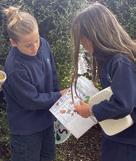
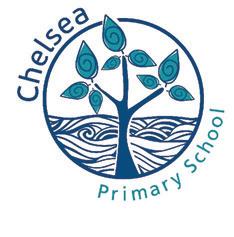
At Chelsea Primary School you will:
• Bring our vision of growing great learners, Te Whakatipu Ākonga Mīharo, to life
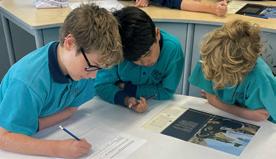
• Be part of an inclusive community celebrating diversity
• Lead a dedicated team promoting a learner-focused, positive environment

Our supportive Board seeks a collaborative and inspirational Tumuaki/Principal who positively embraces modern teaching practices. This is a wonderful opportunity to lead this outstanding school and community through the next stage of development.
Position commences Term 1, 2024.

47 Tukutuku Kōrero 9 October 2023
RECRUITMENT
Tumuaki - Principal
James Cook High School
James Cook High School, a co-educational secondary school with a roll of 1430 students located in Manurewa, Auckland.
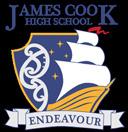
The community the school serves is culturally diverse and applicants need to have the confidence and ability to work positively and collaboratively in that environment, with a proven commitment to student centred and culturally responsive practice.
The most recent ERO review [2022] concluded that “James Cook High School has made significant improvement in its overall performance.” We are now looking for an educational leader who can help the school continue that upward trajectory.
Manaaki – we care, Atawhai – we contribute, Nanaiore – we endeavour, Ako – we learn.”
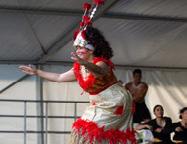
Application close 5.00pm Wednesday 8th November.
For enquiries and an information and application pack please contact:
Allan Vester allanvester@eduplus.co.nz

021 617 671
18 Dr Pickering Avenue, Manurewa, 2102, Auckland.
DEPUTY PRINCIPAL
Avondale College is seeking to appoint a Deputy Principal to join our high performing Senior Management team, commencing Term 1, 2024, or by arrangement. The position has become available following the recent appointment of one of our team to principalship.
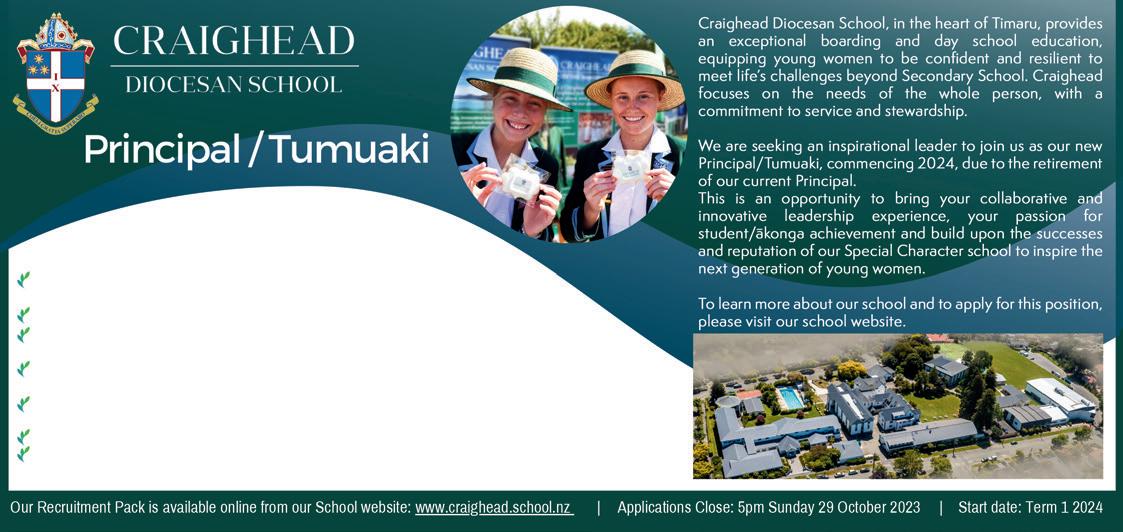
We seek to appoint a professional leader with the mana to support our commitment to excellence for all students and a demonstrated commitment to te ao Māori. They will be a strategic thinker, and have the capability to foster positive relationships across our school and communities.

The successful applicant will have proven teaching and learning leadership experience, and have the ability to work collaboratively within our senior executive team which includes five other Deputy Principals, an Associate Principal and the Principal.
Avondale College is a successful, well-resourced and student focused school serving vibrant school communities with over 2700 students. It is situated within the rohe of Te Kawerau ā Maki, 10 minutes’ drive from the Auckland CBD.

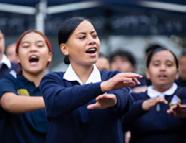
48 Education Gazette gazette.education.govt.nz
RECRUITMENT
8MU + 1SMA
CONTACT the Principal’s Assistant T 09 820 1704 E zsmr@avcol.school.nz APPLICATIONS CLOSE 4pm 25 October 2023 www.avcol.school.nz
$2,500
Awards for Teachers of Gifted Learners
E whakaako ana koe i ētahi ākonga iho pūmanawa, ā, e hiahia ana koe ki te whakapakari i ō pūkenga kia pai ai tō tautoko i a rātou?
E whakaaetia ana tō tono mai ki ngā Tohu mō ngā Kaiako o ngā Ākonga
Iho Pūmanawa. Ko ngā tohu nei mō ngā kaiako e mahi ana i te kura kōhunghunga, i te kura tuatahi, i te kura tuarua rānei i Aotearoa me ā
rātou mahi whakawhirinaki mō ngā ākonga kairangi.
Hei te 2 o Oketopa e huakina ai ngā tono, ā, hei te 5 o Noema e kati ai.
Ka eke te
ki te
tahua
mō te kaiako takitahi, ko te $6000 te ekenga mō ngā kaiako takirōpū
Mo ngā pātai, īmēra mai ki: gifted.enquiries@education.govt.nz
Mo ētahi atu mōhiohio, toro mai ki: https://gifted.tki.org.nz/ further-support/ awards-for-teachers/
Ka matawai rānei i te waehere QR:
$2,500
Funding of up to can be awarded to an individual teacher or up to $6,000 to a group of teachers
Awards for Teachers of Gifted Learners
Are you teaching any gifted learners and want to boost your skills so you can better support them?
You can apply for the Awards for Teachers of Gifted Learners. The awards are for teachers currently working in early learning, primary or secondary schools in Aotearoa New Zealand who are supporting learners with exceptional abilities.
Applications for 2023 open on 2 October and close on 5 November.
For more information, visit: https://gifted.tki.org.nz/ further-support/ awards-for-teachers/
or scan the QR code:
For queries, email: gifted.enquiries@education.govt.nz






























































 Kaiako Rakhee at Just Kidz Henderson is showcasing technology to expand young learners’ knowledge.
Kaiako Rakhee at Just Kidz Henderson is showcasing technology to expand young learners’ knowledge.



 Kaiako Sean at Just Kidz Henderson encouraging technology approaches to enhance learning.
Kaiako Sean at Just Kidz Henderson encouraging technology approaches to enhance learning.







































 Flat Bush Primary School student eagerly speaks to 1News reporter Kim Baker Wilson.
Flat Bush Primary School student eagerly speaks to 1News reporter Kim Baker Wilson.






















